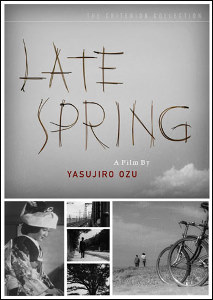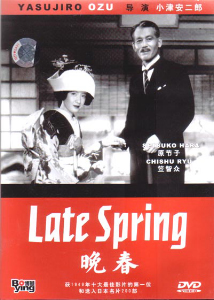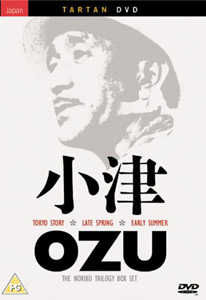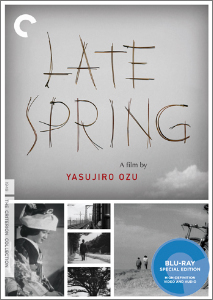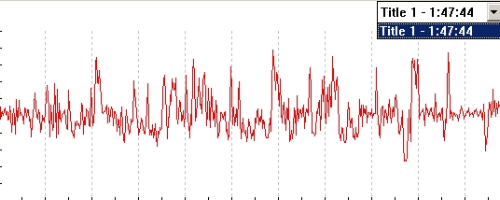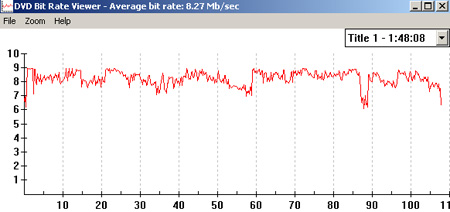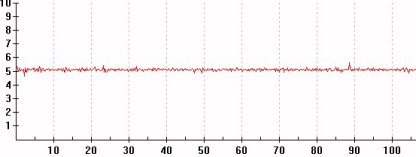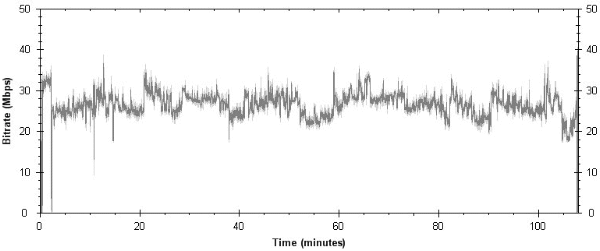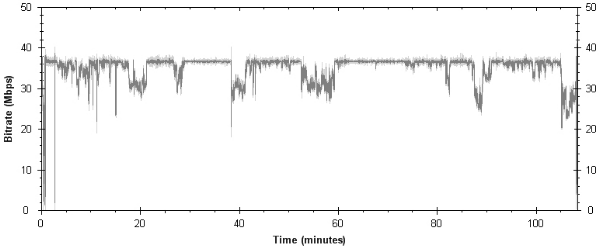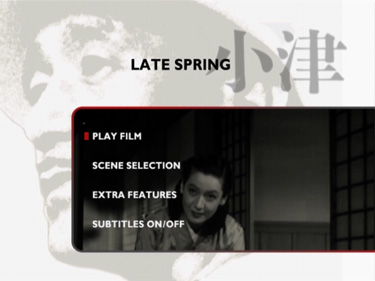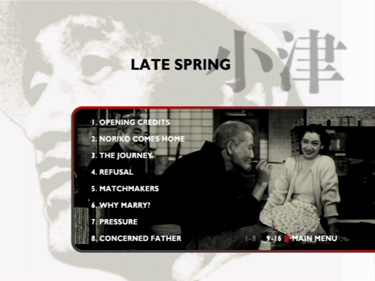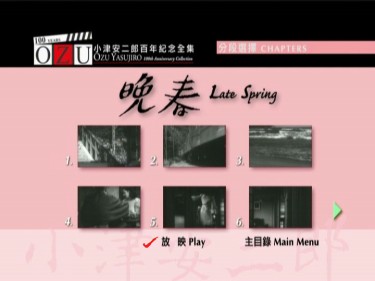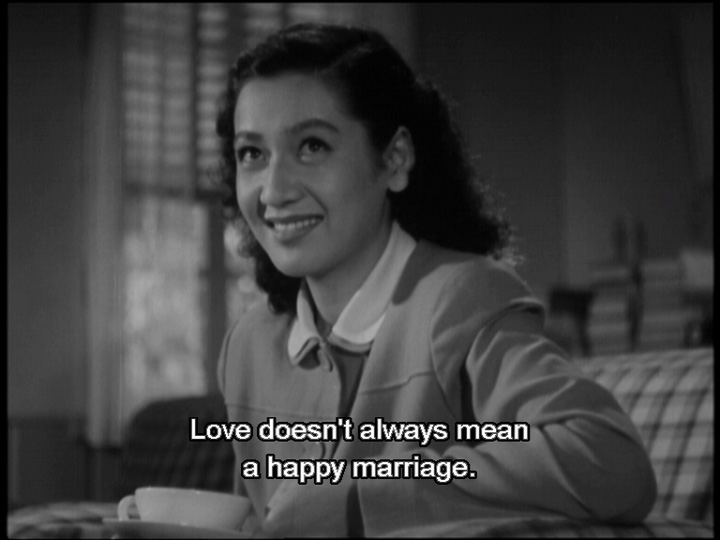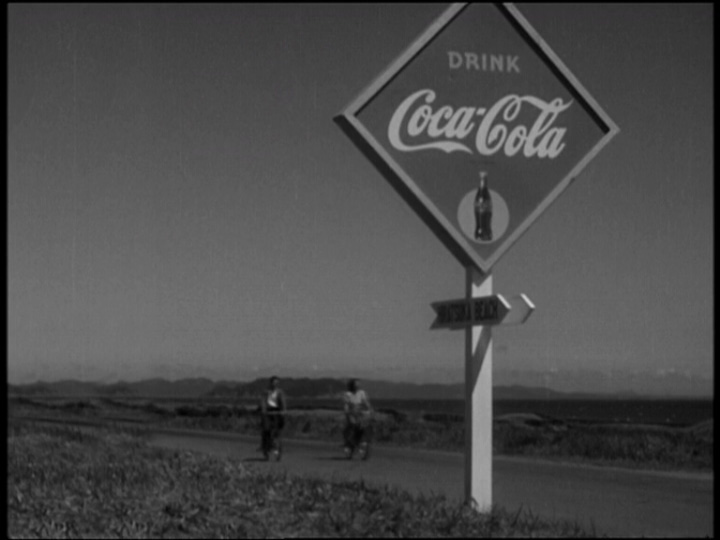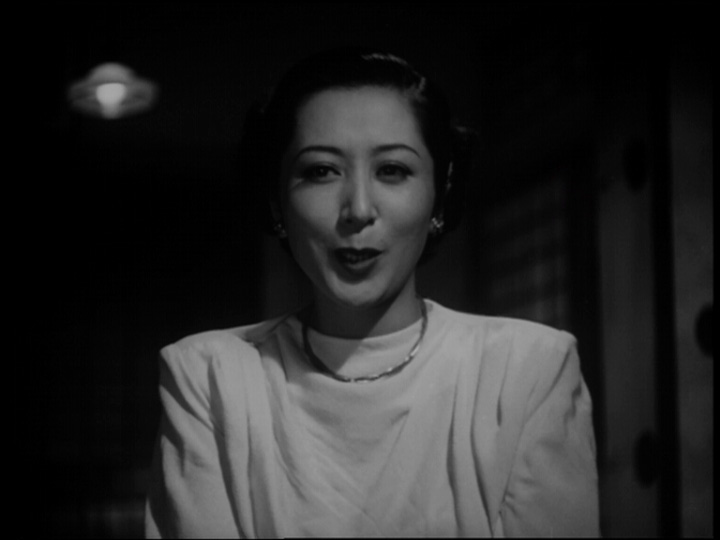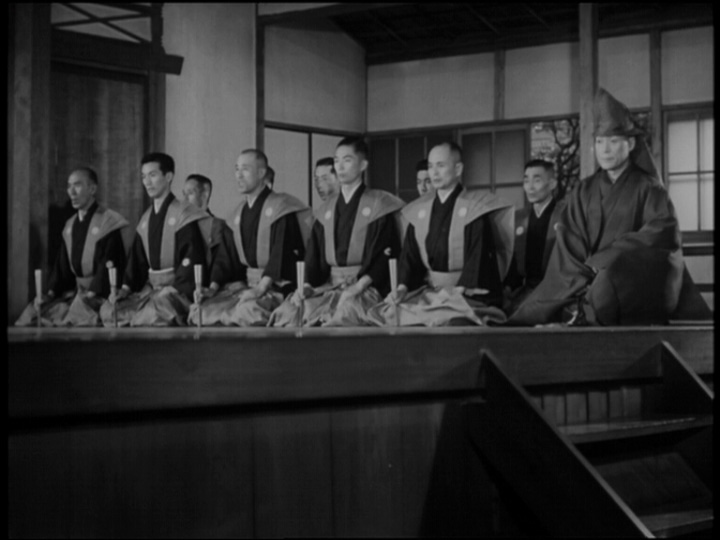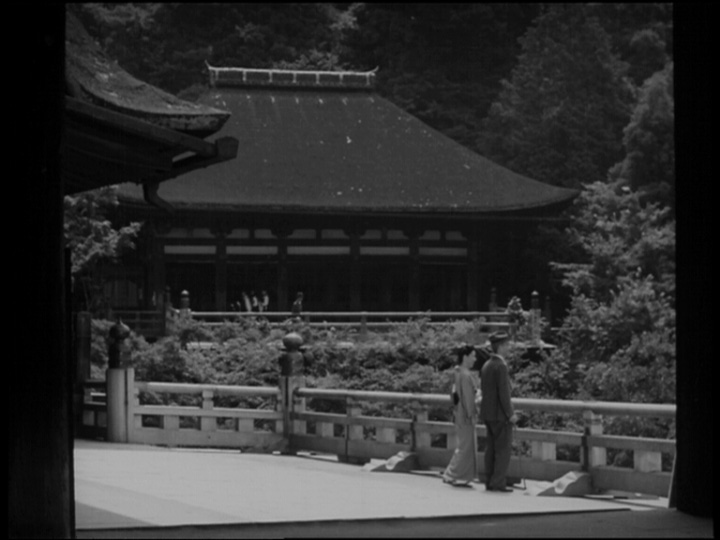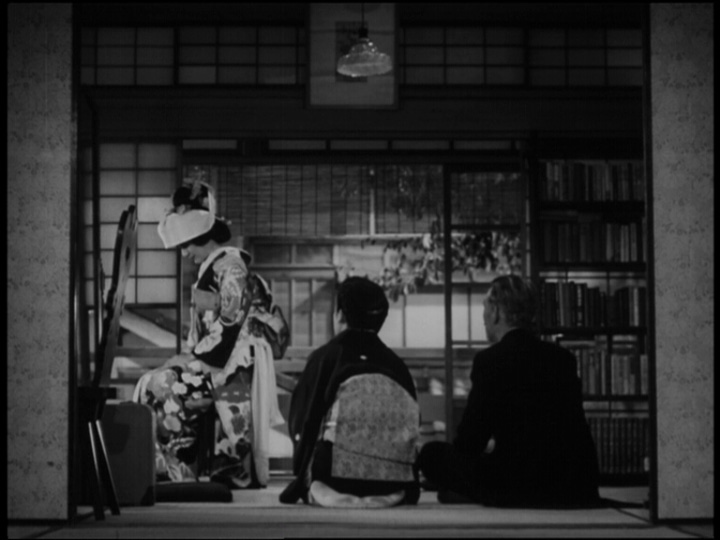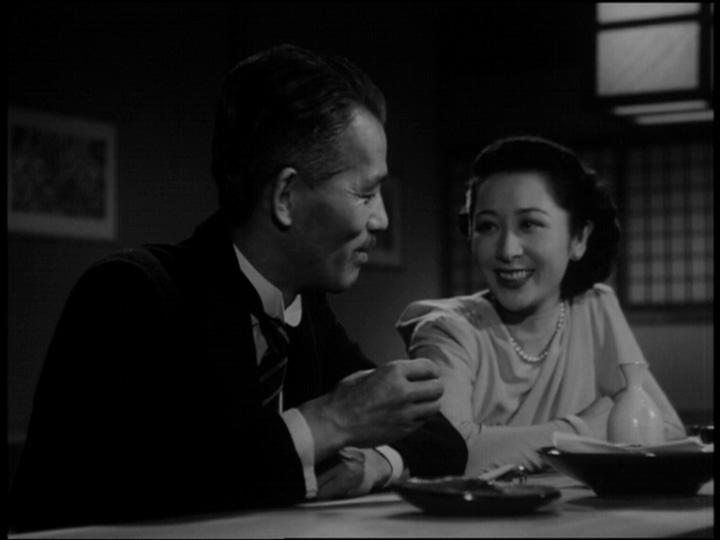|
WE NEED YOUR HELP! We have started a Patreon page with the hopes that
some of our followers would be
willing to donate to keep DVDBeaver
alive. We are a small niche, so your
generosity is vital to our
existence. |
![]()
![]()

![]()
![]()
|
Search DVDBeaver |
S E A R C H D V D B e a v e r |
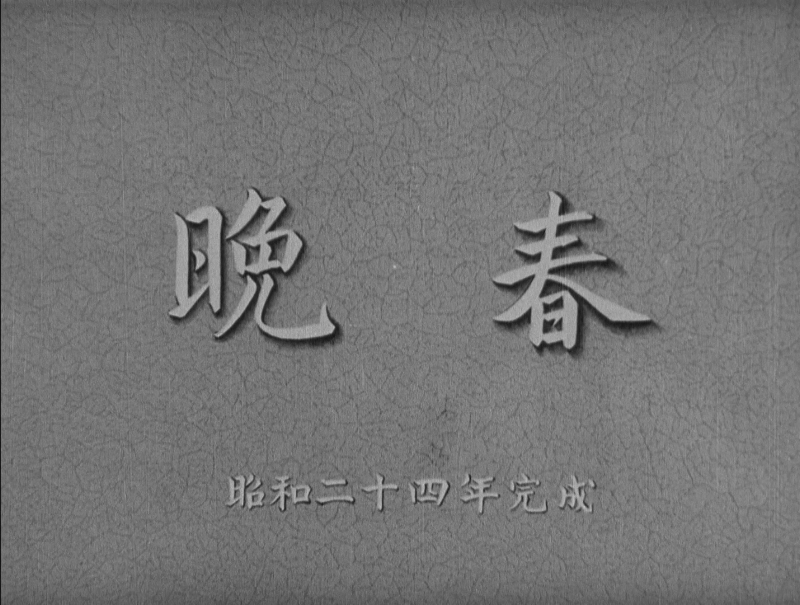
(aka "Late Spring" or "Ban Shun" )
|
One of the most powerful of Yasujiro Ozu’s family portraits, Late Spring tells the story of a widowed father who feels compelled to marry off his only, beloved daughter. Loyal Ozu players Chishu Ryu and Setsuko Hara command this poignant tale of love and loss in postwar Japan, which remains as potent today as ever—almost by itself justifying Ozu’s inclusion in the pantheon of cinema’s greatest directors. ***
Noriko (Setsuko Hara) is utterly devoted to her widowed
father Somiya (Chishu Ryu, like Hara she is quickly recognized as another Ozu
regular). While attending a "Noh" theatrical play with him she focuses on a
lady she believes that he intends to wed. He isn't in actuality but he has
only told Noriko this to encourage her to get married herself and leave the
nest. Father feels it is time and doesn't want to burden his daughter's future
happiness. Noriko is obviously disturbed by this potential union with a
combination of jealousy and anger flashing subtly across her face. Her pain is
transferred to us in such a cohesive fashion that the sense of being a voyeur
in these peoples lives is almost embarrassing for the viewer. For me "Late Spring" eclipses "Tokyo Story" as my favorite Ozu film. His continued style of the 180 degree cuts when there is conversation is so elegant, restrained and respectful. The emotion his films bring underplay the directors constant future theme of bridging of familial conflict, communication and unselfish love. One of the greatest films I have ever seen. |
Poster
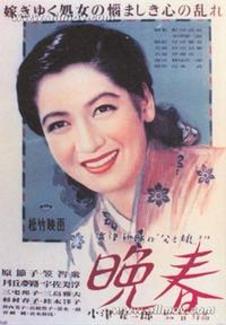 |
Theatrical Release: September 13th, 1949
Reviews More Reviews DVD Reviews
Comparison:
|
Criterion (2-disc) - Region 1- NTSC vs. Bo Ying - Region 0 - NTSC vs. Tartan (Ozu Volume 1: The Noriko Trilogy) - Region 0 - PAL vs. Panorama - Region 0 - NTSC vs. BFI - Region 'B' - Blu-ray vs. Criterion - Region 'A' - Blu-ray |
Big thanks to Henrik Sylow for the DVD Screen Caps!
|
1) Criterion - Region 1- NTSC TOP LEFT 2) Bo Ying - Region 0 - NTSC TOP MIDDLE3) Tartan (Ozu Volume 1: The Noriko Trilogy) - Region 0 - PAL - TOP RIGHT
|
| Box Covers |
|
|
|
| Distribution |
Criterion Collection - Spine # 331 Region 1 - NTSC |
Bo Ying Region 0 - NTSC |
Tartan Region 0 - PAL |
|
4) Panorama - Region 0 - NTSC - BOTTOM LEFT 5) BFI Region 'B' - Blu-ray - MIDDLE 6) Criterion Region 'A' - Blu-ray - BOTTOM RIGHT
|
|
Thinking of buying from YesAsia? CLICK HERE and use THIS UPDATED BEAVER PAGE to source their very best... |
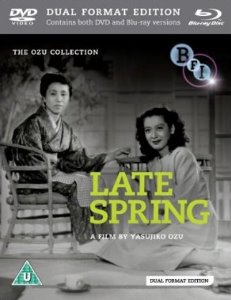 |
|
|
Panorama Region 0 - NTSC |
BFI Region 'B' - Blu-ray |
Criterion Collection Spine 331 Region 'A' - Blu-ray |
| Criterion | Bo Ying | Tartan | Panorama | BFI | Criterion | |
| Runtime | 1:48:04 | 1:47:44 | 1:48:12 | 1:47:44 | 1:47:58.472 | 1:48:20.535 |
| Video |
1.33:1
Original Aspect Ratio Average Bitrate: 8.4 mb/s NTSC 720x480 29.97 f/s |
1.33:1
Original Aspect Ratio Average Bitrate: 5.19 mb/s NTSC 720x480 29.97 f/s |
1.33:1
Original Aspect Ratio |
1.33:1
Original Aspect Ratio |
1.33:1 - 1080P Dual-layered Blu-rayDisc Size: 43,251,913,412 bytes Feature: 24,459,565,056 bytes Video Bitrate: 26.49 MbpsCodec: MPEG-4 AVC Video |
Disc Size: 47,365,776,129 bytes Feature Size: 31,950,440,448 bytes Total Bitrate: 34.99 Mbps Dual-layered Blu-ray MPEG-4 Video |
|
NOTE: The Vertical axis represents the bits transferred per second. The Horizontal is the time in minutes. |
||||||
|
Bitrate:
Criterion |
|
|||||
|
Bitrate:
Bo Ying |
|
|||||
|
Bitrate:
Tartan (Ozu Volume 1: The Noriko Trilogy)
|
|
|||||
|
Bitrate:
Panorama
|
|
|||||
|
Bitrate:
BFI Blu-ray
|
|
|||||
|
Bitrate:
Criterion Blu-ray
|
|
|||||
| Audio | 1.0 Dolby Digital Japanese | 2.0 Dolby Digital Japanese | 2.0 Dolby Digital Japanese |
2.0 Dolby Digital Japanese |
LPCM Audio Japanese 2304 kbps 2.0 / 48 kHz / 2304 kbps / 24-bit |
LPCM Audio Japanese 1152
kbps 1.0 / 48 kHz / 1152 kbps / 24-bit Commentary: Dolby Digital Audio English 192 kbps 1.0 / 48 kHz / 192 kbps |
| Subtitles | English, None | English, Traditional Chinese, Simplified Chinese, Japanese, None | English, None | English, Traditional Chinese, None | English, None | English, None |
| Features |
Release Information: Studio: Criterion Aspect Ratio:
Edition Details: • Tokyo-Ga (1985, 92 mins), legendary director Wim Wenders’ tribute to
Yasujiro Ozu Double Thick Keepcase Chapters 25 |
Release Information: Edition Details: • none |
Release Information: Studio: Tartan Aspect Ratio:
Edition Details: Chapters 16 |
Release Information:
Aspect Ratio:
Edition Details:
DVD Release Date: November 14th, 2003Keep Case Chapters 12 |
Release Information:
1.33:1 - 1080P Dual-layered Blu-rayDisc Size: 43,251,913,412 bytes Feature: 24,459,565,056 bytes Video Bitrate: 26.49 MbpsCodec: MPEG-4 AVC Video
Edition Details: • Contains full length feature The Only Son in 1080P
Blu-ray Release Date: June 21st, 2010 Custom Blu-ray Case Chapters 1 2 |
Release Information: Aspect Ratio: 1.33:1
Disc Size: 47,365,776,129 bytes Feature Size: 31,950,440,448 bytes Total Bitrate: 34.99 Mbps Dual-layered Blu-ray MPEG-4 Video
Edition Details: Chapters 24 |
| Comments |
NOTE: The below Blu-ray captures were
taken directly from the Blu-ray disc. ADDITION: Criterion - Region 'A' Blu-ray - March 2012: I'll try to be brief. The Criterion Blu-ray transfer has a slight technical edge (larger feature file size - higher bitrate). But the differences can be so minute as to sound picky when analyzing. But, her we go: One of the most notable differences is that Criterion seem to have digitally restored some of the most visible damage marks - even beyond their own 2006 DVD! You can see it below in the 'bicycle ride' and the prominent vertical scratch on the left edge has been 'fixed'. Bravo! This is appreciated. The Blu-rays come from the same source as both BFI and Criterion images match up with most of the less-significant damage. But Criterion have gone a step further with some frame-specific clean-up. Brining out the magnifying glass - the BFI has a smidgeon of more information in the frame, seems to show a tad more grain but also more noise. Both are fabulous but the Criterion have, predictably for some, edged ahead.Audio is a wash - I didn't notice any difference and Criterion have also utilized a linear PCM on their region 'A"-locked Blu-ray disc. Now there may be some slight differences but I can only say I nothing stuck out - the audio still has rougher patches but nothing that would deter a viewing. There are optional English subtitles in a slightly different translation to the BFI. Blu-ray supplements are the same as the older Criterion DVD with the excellent Pena commentary and we also get Wim Wenders 90 minute Tokyo Ga. Wenders travels to Japan in search of the Tokyo seen in the films of Yasujiro Ozu. A fitting documentary for fans of Ozu and the film. There is also the liner notes rounding off a wonderful keepsake package of one of the greatest films of all time. Region 'A'-locked film fans can indulge... with confidence. *** ADDITION: BFI Dual-format package - July 2010: Firstly, to clear things up - contrary to what it says on Amazon.UK - The Only Son IS available in this package in high-definition. The 1:22:30 long film, Ozu's first talkie, takes up more than 18.5 Gig of space - sharing the dual-layered Blu-ray with Late Spring. We have compared full resolution captures for The Only Son HERE. Late Spring always drains me - but it was even more impacting in this new 1080P transfer from the BFI. Criterion supplied the graded master materials, however BFI did their own A/V transfer/restoration. Damage marks are obviously duplicated. The disc is coded for region 'B'. It improves over all DVD editions - even the picture-boxed Criterion. What is apparent are the scratches - Criterion further digitally cleaned their 2006 DVD lessening the intensity of the sequences with damage. The higher resolution (vastly higher than the Criterion which was horizontally limited by the pictureboxing) on the Blu-ray brings these scratches to a higher prominence (see the Coca-Cola sign capture). I actually prefer the scratches to over-digitization of an image. Criterion generally walks a fine line in this regard but in side-by-side comparison with the BFI 1080P - the improvement is still very noticeable. It extends to contrast as well as other factors with whites appearing brighter and black levels more pitch. This is even better than I was hoping for. I expect that anyone watching this on larger than a 20" tube will see the superiority of the BFI - from more grain to occasional scenes showing depth. The larger your screen the greater the visual improvement. Once you come to accept the source deficiencies you come to really appreciate this transfer. BFI have the Japanese soundtrack in a lossless linear PCM 2.0 at 2304 kbps. While it sounds cleaner and crisper the weaknesses stands out as well. It still has moments of hollowness but didn't overly impact my presentation. I should note that I prefer the BFI subtitle font size to any of the others. Included in this package are SD transfers of both film (Late Spring and The Only Son) and a liner notes booklet with an essay by James Bell (Sight and Sound) and Ozu biographer Tony Rayns. I recall when I lent Late Spring to a good friend - a fellow film buff who had never seen it. He watched it three times in one day. This remains one of the most impacting and beautiful films I have ever seen. Seeing it on Blu-ray was an emotional experience. The inclusion of The Only Son in the package only makes it all the more enticing. Despite the inherent damage marks this gets our highest recommendation. It should surely get many votes for Blu-ray of the year. - Gary Tooze ***
ADDITION: May 2006 - Criterion 2-disc: I have also reviewed the Criterion separately with more DVD screen captures HERE. As with the Forbidden Games, The Virgin Spring, La bęte humaine and other recent 1.33 aspect ratio releases by Criterion (as well as, from the past, Nanook of the North) the image has been 'pictureboxed' to overcome 'overscan' on commercially made tube television sets (overscan can be up to a 15% loss of image and this is significant!). Pictureboxing leaves a black border around the edge of the image and most players automatically zoom-in to fill the screen - it limits resolution making the image slightly less detailed than it might be able to achieve. The benefit of pictureboxing is that it adds more visible viewing area so that the majority of DVD purchasers (most people own and watch through tubes) can see even more of what is on the negative - the way the film was meant to be viewed. DVDBeaver feels that equipment invariably improves at a much lower price and much faster these days and catering to people with inferior equipment can easily come back and haunt you when the hardware climate advances (it is doing so monthly). I'll wager that tube TV's are selling at at much lower rate than other viewing systems these days. We feel you will own your DVDs (especially your Criterion DVDs) much longer than you will own your current viewing system - I say this is true for myself having just purchased a plasma TV today! (I will still own my Criterion DVDs long after this brand new television is in the trashcan). The overscan problem associated with tube TVs can be corrected relatively inexpensively (incremental zoom DVD players, HTPC viewing, even some TVs now can zoom out to compensate etc.). In the early days of DVD, Criterion justified issuing non-anamorphic DVD editions feeling that player down-conversion was poor. DVDBeaver also feel this was an error on their part although this new issue has many sides - it is still up for debate and we welcome opinions. I see that a petition has been created HERE to encourage Criterion to dismiss this practice. Criterion have done some extensive cleaning of the dirt and debris prevalent on the existing available master but some vertical scratches are still noticeable, often appearing highly visible (see bicycling capture below). The Criterion is very bright and sharp with superior black levels than we have seen to date. I believe they have meticulously manipulated both contrast and blacks by hand in certain scenes. This raises the perceived sharpness of the image and it DOES look better. Our condemnation of this practice of altering original masters, is really a form of restoration. Deepening the black levels which may have faded over time and brightening spots that are clouded with dirt and debris is acceptable as long as it is not a blanket approach. In, example, the Panorama - the image was brightened, but not in segmented areas - but through the entire film - and this is not appropriate. The trouble with digital manipulation is that it can bring to the surface some usually hidden defects (like scratches and blemishes). If the film is relatively intact the digital improvement has a valued effect - much akin to detailed restoration. The Criterion, pictureboxed and with warts and all, is still the best this film has looked for a very long time and the best image of Ozu's masterpiece on DVD. To be fair to the Criterion, I have reviewed it separately with more screen captures HERE. The commentary is excellent from what I have heard so far. I will report in detail tomorrow. The second disc is Wim Wenders 90 minute Tokyo Ga. Wenders travels to Japan in search of the Tokyo seen in the films of Yasujiro Ozu. A fitting documentary for fans of Ozu and the film. ***
ADDITION: August - 2005 - No. The Bo Ying is not the edition that we were all seeking and hoping for. I honestly wasn't expecting that it would be but tempered with my love for the film I was forced to 'give it a try'. It is non-progressive and shows some minor combing like the Panorama edition. Going from memory, I think that the subtitles are a slight improvement over the Panorama, or possibly they are the same. Regardless, the font used seems to break-up with 'jaggies' and makes it hard to read at times (see sample below). What I do think is correct about the Bo Ying is the brightness level. It appears to fall somewhere between the brightened Panorama and the darker Tartan (see last large capture as example). Another problem with the Bo Ying is fluctuating contrast - it's quite bad in the beginning, as are the scratches, but it does settle down somewhat as the film progresses. The Bo Ying also has moments of great clarity where the contrast is spot-on and the image shows detail of depth and texture. It's quite strangely inconsistent, but is a positive indication of what the image can look like. I suggest that Criterion are dragging their heels a bit on this one, but I'm sure there is a reason. BOTTOM LINE: - All three editions have flaws, but the lesser of all the evils is the Tartan with the unconverted NTSC->PAL transfer. Unlike the other two it is progressive and easily has the best subtitles in both appearance and translation. It also has the best extra feature although on this disc of the Boxset it is limited to a 'Photo Gallery'. Criterion will eventually win this horserace although they are starting late. Let's try to be patient. - Gary Tooze *** This Tartan Ozu Boxset (also includes Early Summer and Tokyo Story) has some problems and I am especially greatly disappointed that they did not convert the NTSC masters they had to PAL- very lazy DVD production. Good contrast on this Late Spring edition and it is marginally sharper than the Panorama. It, of course, has far superior subtitles (The Panorama are fraught with spelling and grammar errors). There is some brightness boosting in the Panorama as well as a greenish/grey haze. The Tartans are just not satisfactory with the NTSC->PAL issue. Criterion should eclipse these easily with their eventual NTSC release. - Gary Tooze Once again
a stunning image, completely spotless, but very soft and dark, lacking
sharpness in details, especially in long shots. Based upon the restored
Shochiku masters, it is a NTSC to PAL transfer, thus suffers from
ghosting, even though it rarely is noted. - Henrik Sylow |
Recommended Reading for Japanese Film Fans (CLICK COVERS or TITLES for more information)
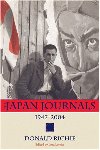 |
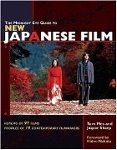 |
 |
 |
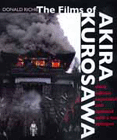 |
 |
 |
 |
|
The Japan Journals : 1947-2004, by Donald Richie |
The Midnight Eye Guide to New Japanese Film by Tom Mes and Jasper Sharp |
Kon Ichikawa (Cinematheque Ontario Monographs) by James Quandt, Cinematheque Ontario |
Eros Plus Massacre: An
Introduction to the Japanese New Wave Cinema
(Midland Book, Mb 469) by David Desser |
The Films of Akira Kurosawa by Donald Ritchie |
by Yasujiro Ozu, Kogo Noda, Donald Richie, Eric Klestadt |
Ozu by Donald Richie |
A Hundred Years of Japanese Film by Donald Richie |
Check out more in "The Library"
DVD Menus
(Criterion - region 1- NTSC LEFT vs. Bo Ying - Region 0 - NTSC RIGHT)
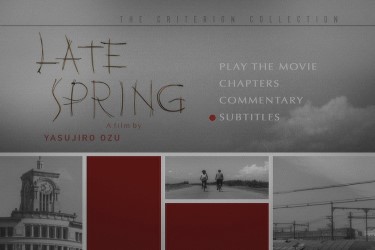 |
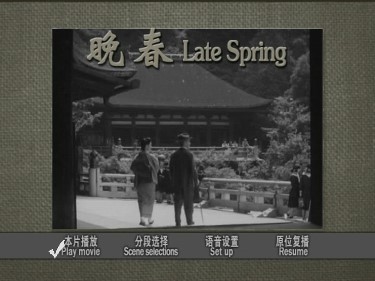 |
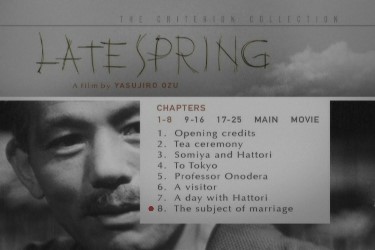 |
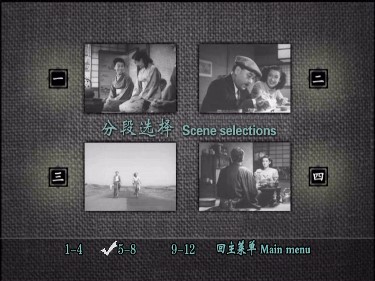 |
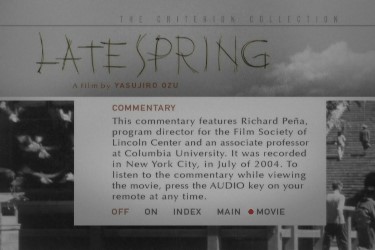 |
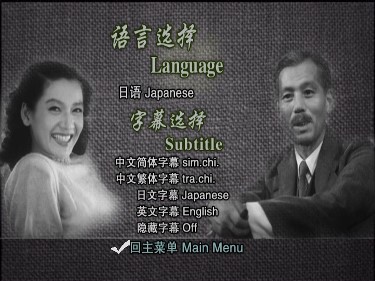 |
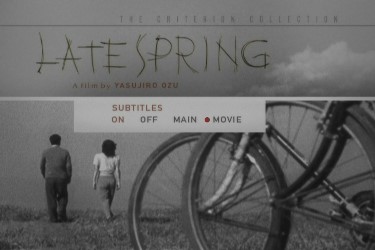 |
Criterion - Region 1- NTSC- Disc 2
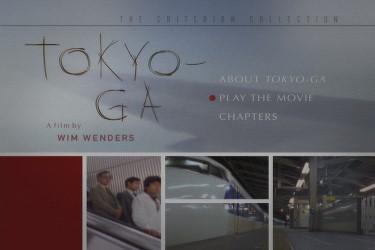 |
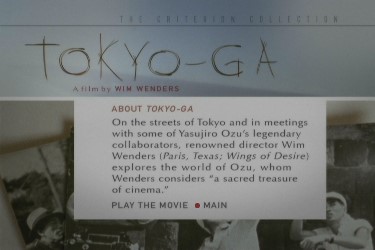 |
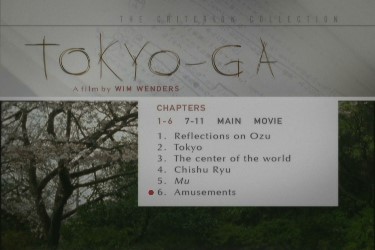 |
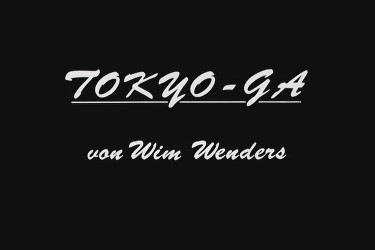 |
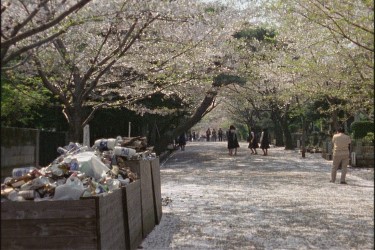 |
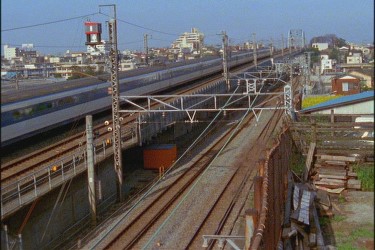 |
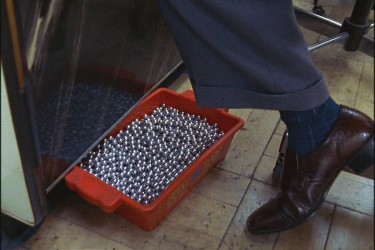 |
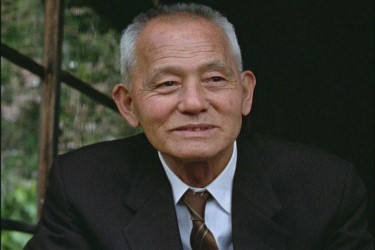 |
(Tartan (Ozu Volume 1: The Noriko Trilogy)
- Region 0 - PAL - LEFT vs. Panorama - Region 0 - NTSC - RIGHT)
|
|
|
|
|
|
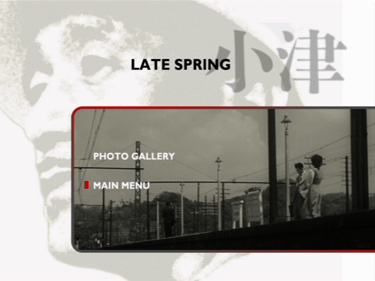 |
 |
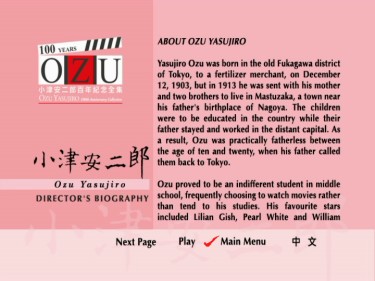 |
BFI - Region 'B' - Blu-ray
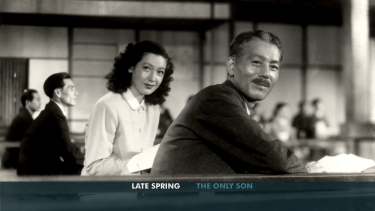 |
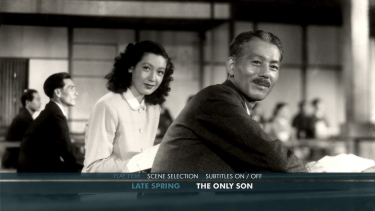 |
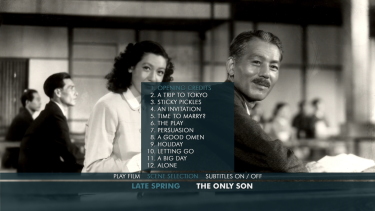 |
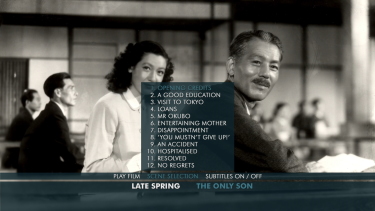 |
Criterion - Region 'A' - Blu-ray
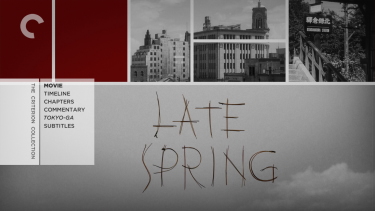 |
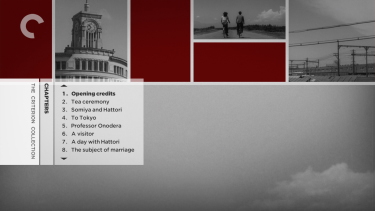 |
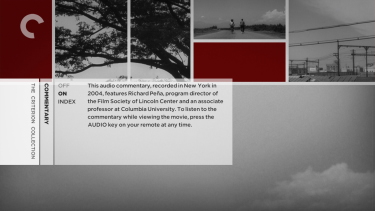 |
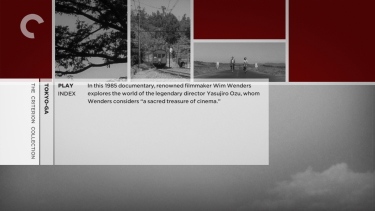 |
CLICK EACH BLU-RAY CAPTURE TO SEE ALL IMAGES IN FULL 1920X1080 RESOLUTION
Screen Captures
|
1) Criterion - Region 1- NTSC TOP 2) Bo Ying - Region 0 - NTSC SECOND 3) Tartan (Ozu Volume 1: The Noriko Trilogy) - Region 0 - PAL - THIRD4) Panorama - Region 0 - NTSC - FOURTH 5) BFI Region 'B' - Blu-ray - FIFTH 6) Criterion Region 'A' - Blu-ray - BOTTOM
|
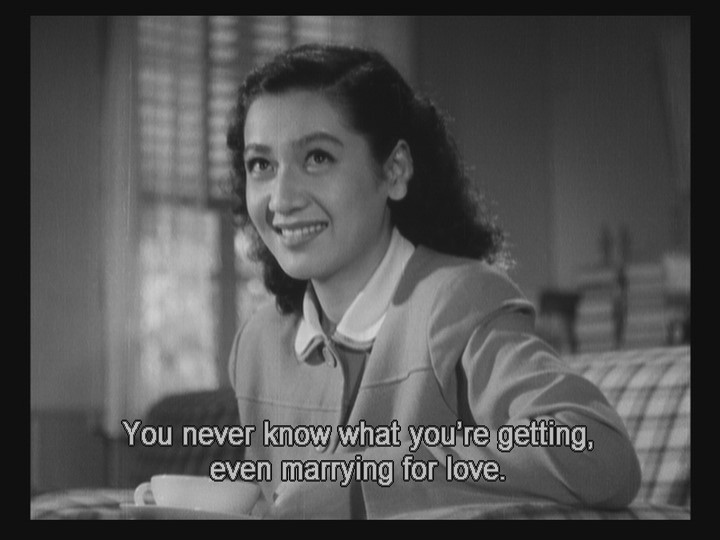 |
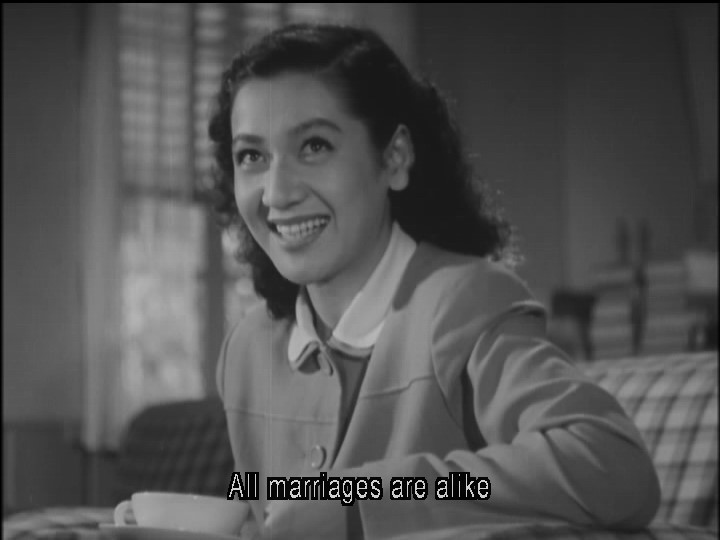 |
|
|
|
|
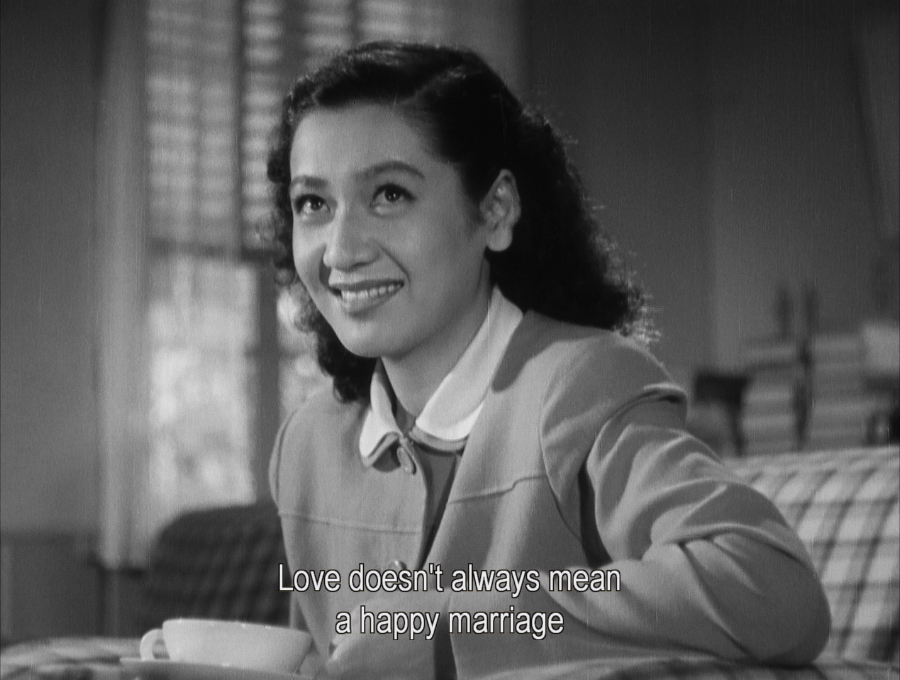 |
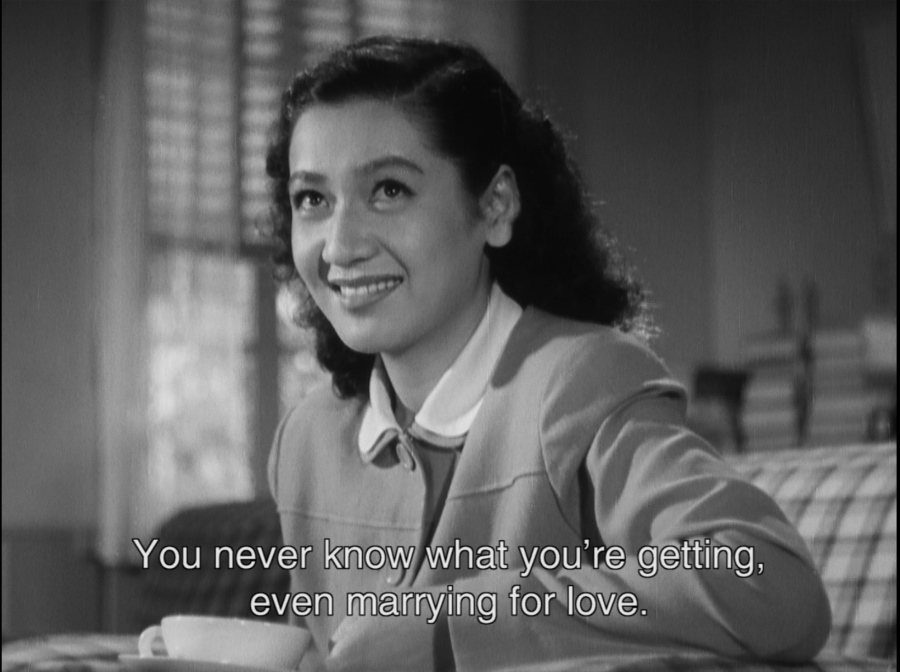 |
|
1) Criterion - Region 1- NTSC TOP 2) Bo Ying - Region 0 - NTSC SECOND 3) Tartan (Ozu Volume 1: The Noriko Trilogy) - Region 0 - PAL - THIRD4) Panorama - Region 0 - NTSC - FOURTH 5) BFI Region 'B' - Blu-ray - FIFTH 6) Criterion Region 'A' - Blu-ray - BOTTOM
|
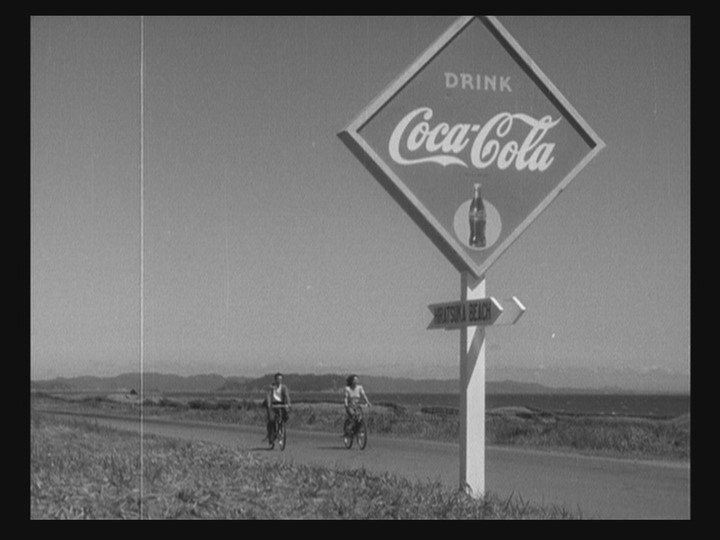 |
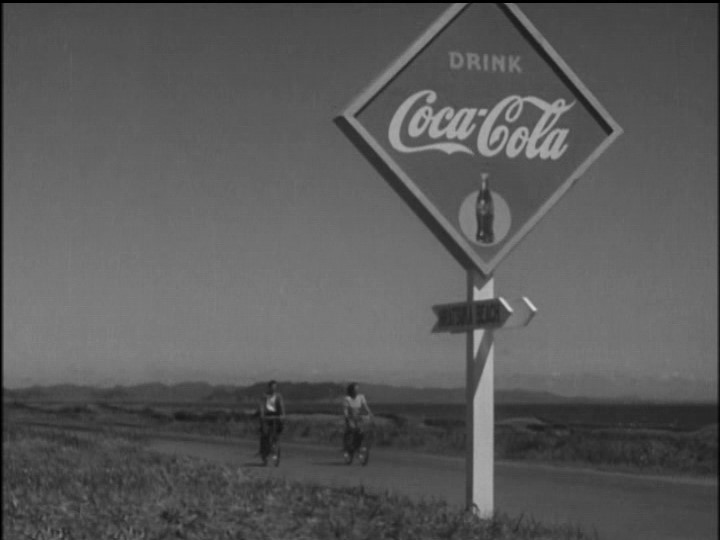 |
|
|
|
|
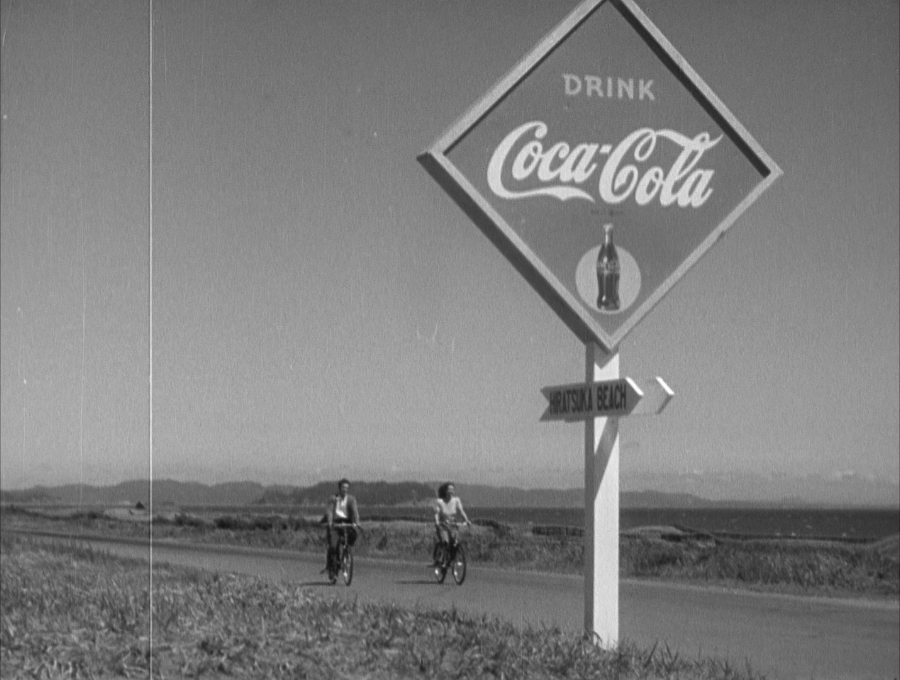 |
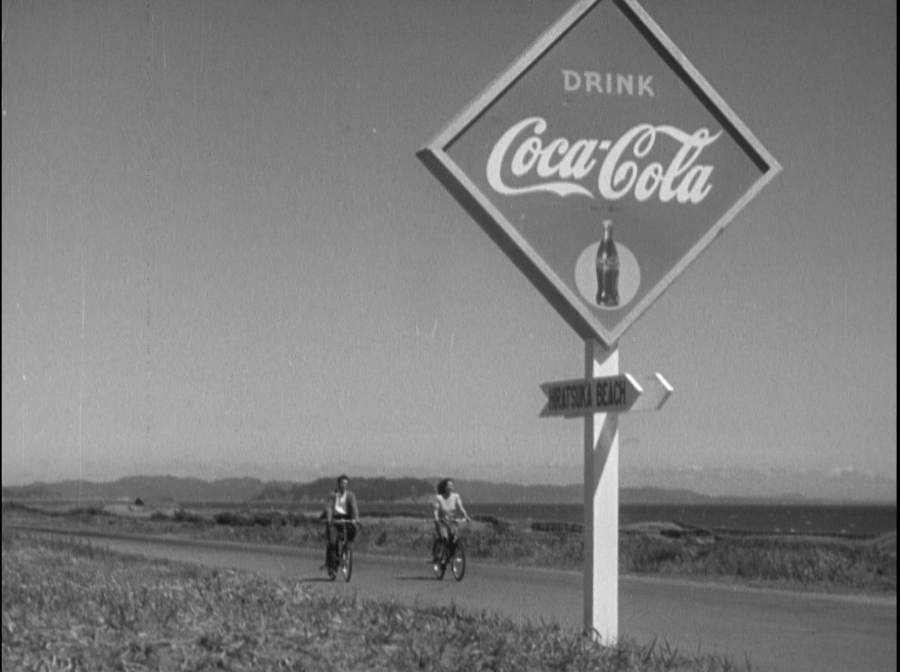 |
|
1) Criterion - Region 1- NTSC TOP 2) Bo Ying - Region 0 - NTSC SECOND 3) Tartan (Ozu Volume 1: The Noriko Trilogy) - Region 0 - PAL - THIRD4) Panorama - Region 0 - NTSC - FOURTH 5) BFI Region 'B' - Blu-ray - FIFTH 6) Criterion Region 'A' - Blu-ray - BOTTOM
|
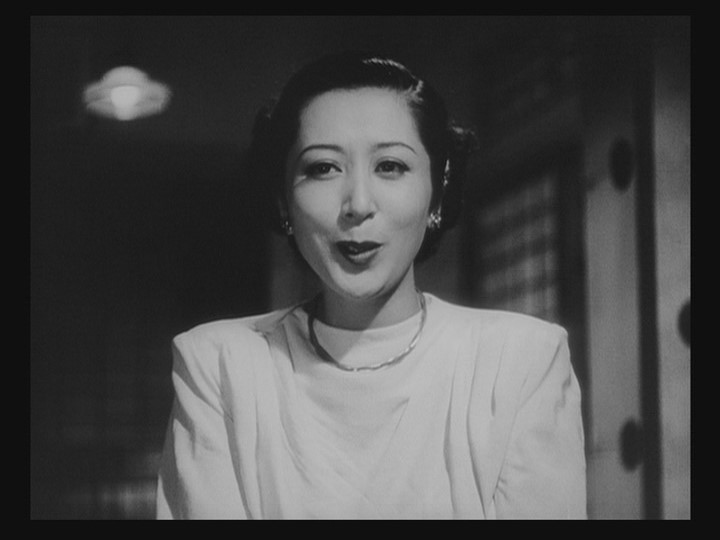 |
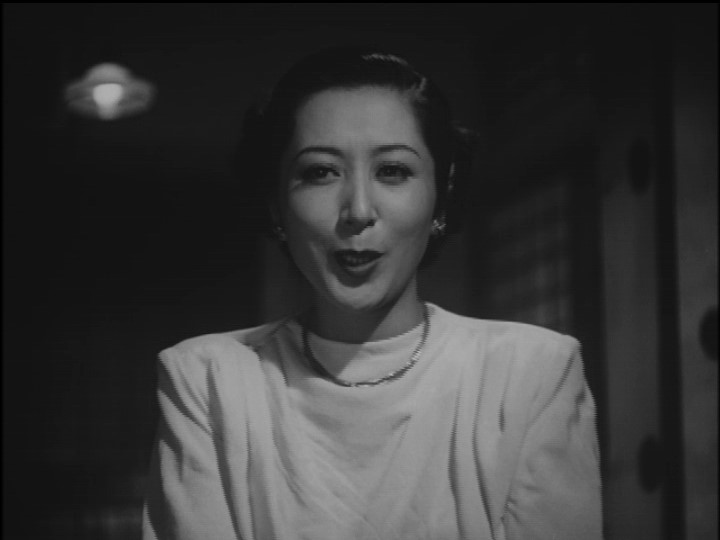 |
|
|
|
|
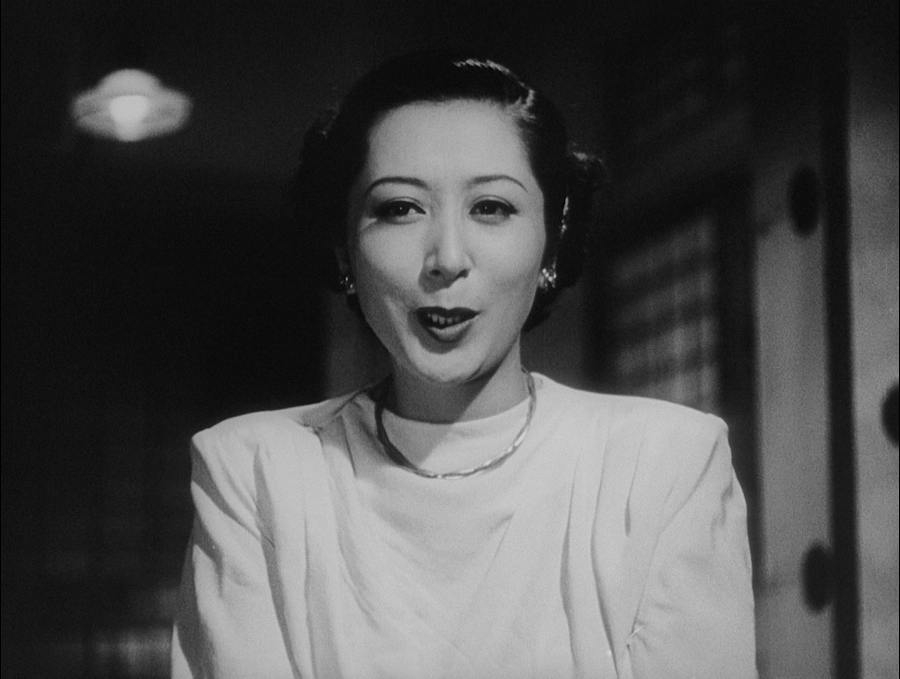 |
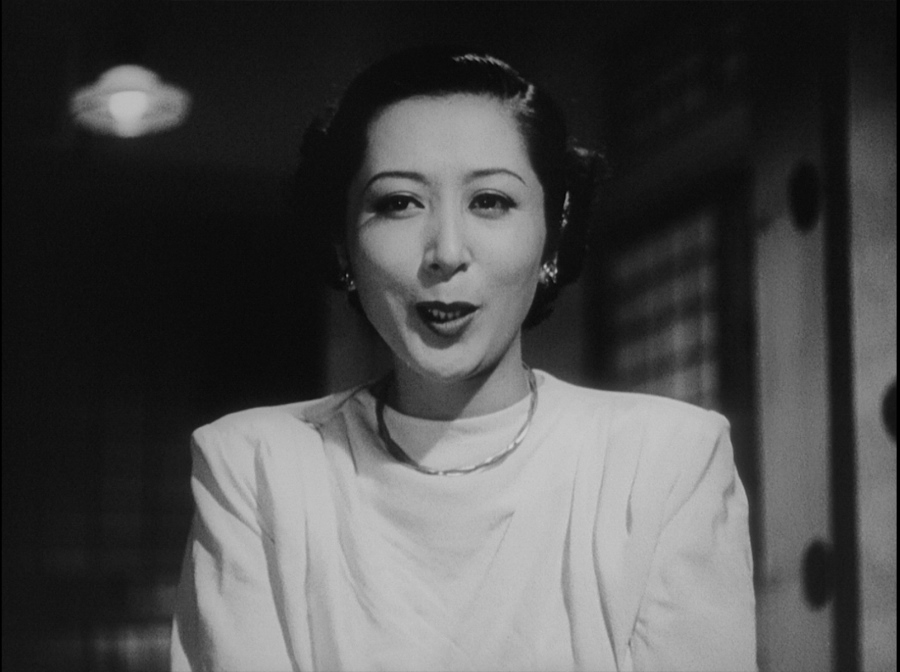 |
|
1) Criterion - Region 1- NTSC TOP 2) Bo Ying - Region 0 - NTSC SECOND 3) Tartan (Ozu Volume 1: The Noriko Trilogy) - Region 0 - PAL - THIRD4) Panorama - Region 0 - NTSC - FOURTH 5) BFI Region 'B' - Blu-ray - FIFTH 6) Criterion Region 'A' - Blu-ray - BOTTOM
|
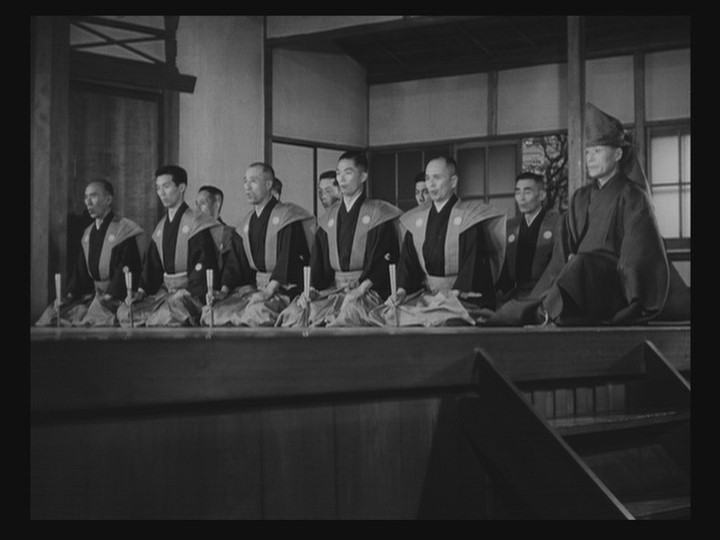 |
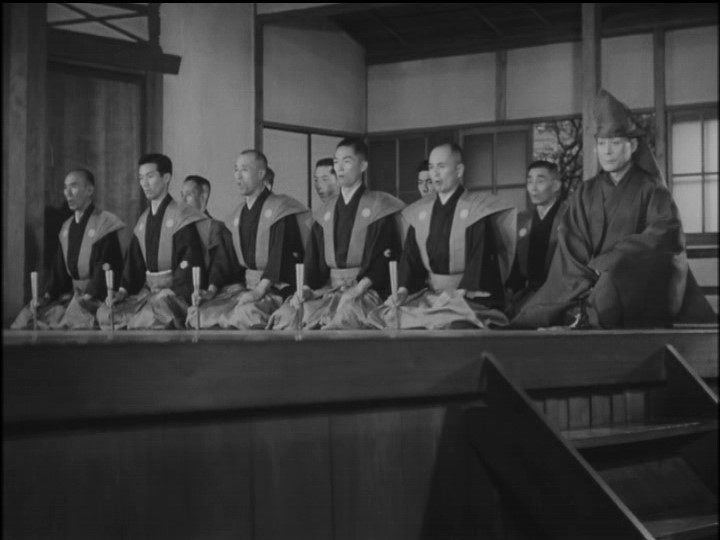 |
|
|
|
|
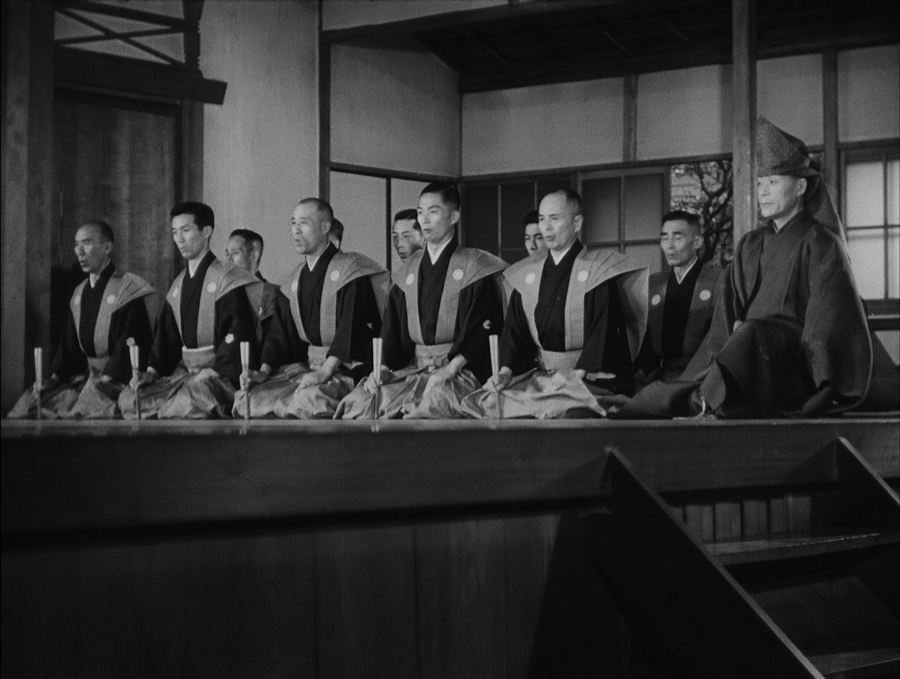 |
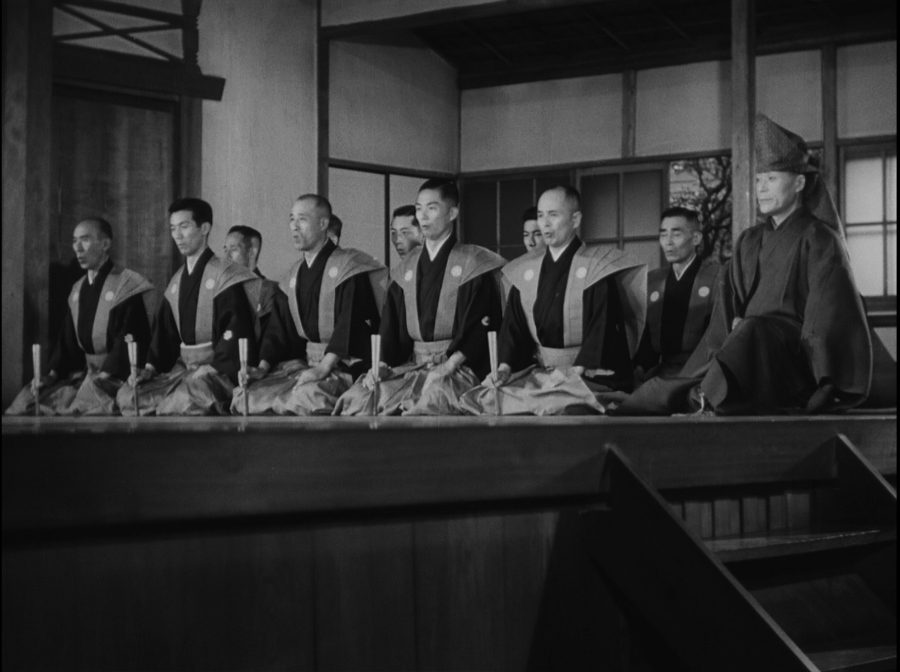 |
|
1) Criterion - Region 1- NTSC TOP 2) Bo Ying - Region 0 - NTSC SECOND 3) Tartan (Ozu Volume 1: The Noriko Trilogy) - Region 0 - PAL - THIRD4) Panorama - Region 0 - NTSC - FOURTH 5) BFI Region 'B' - Blu-ray - FIFTH 6) Criterion Region 'A' - Blu-ray - BOTTOM
|
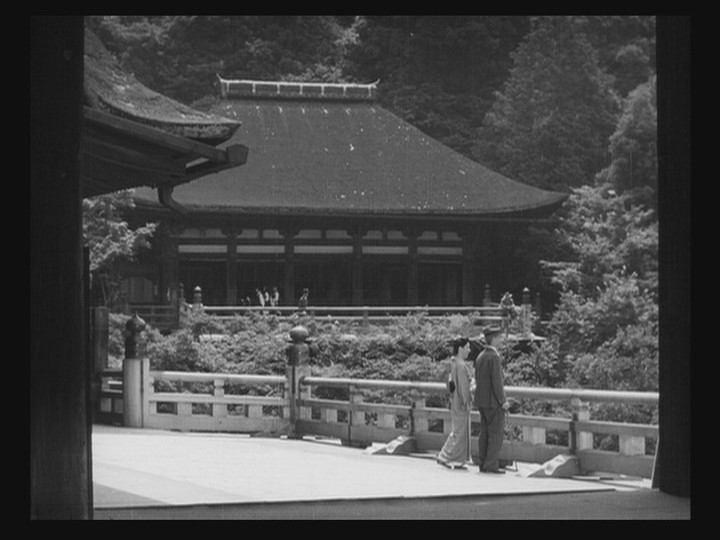 |
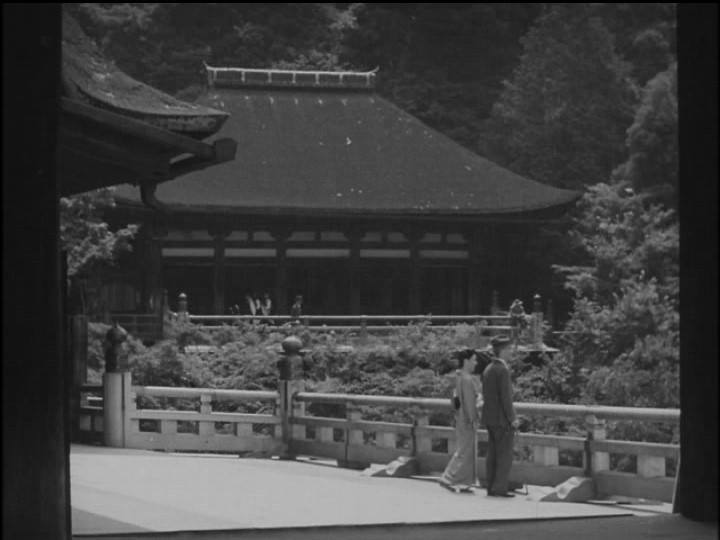 |
|
|
|
|
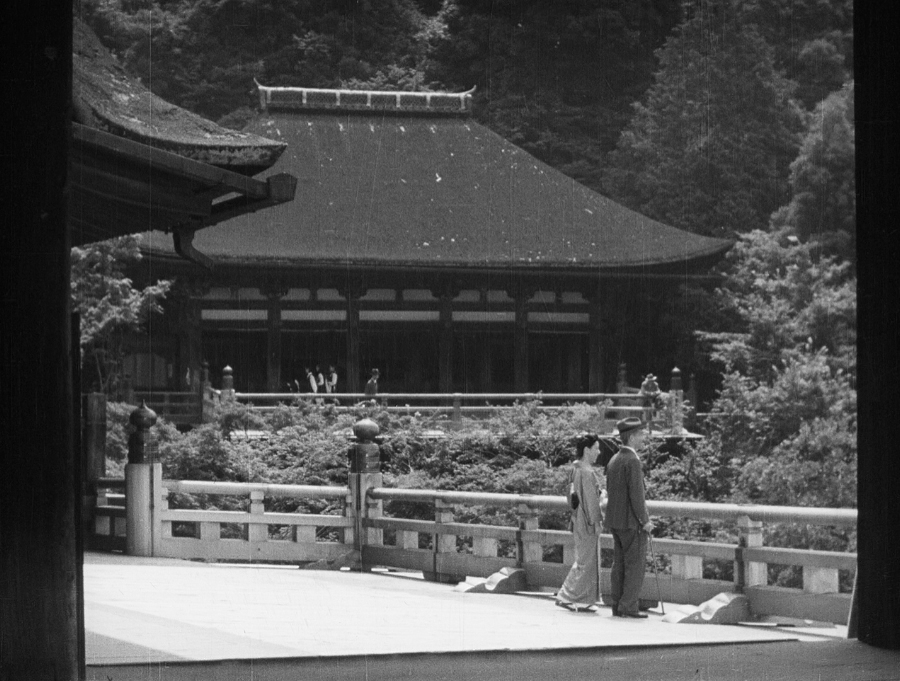 |
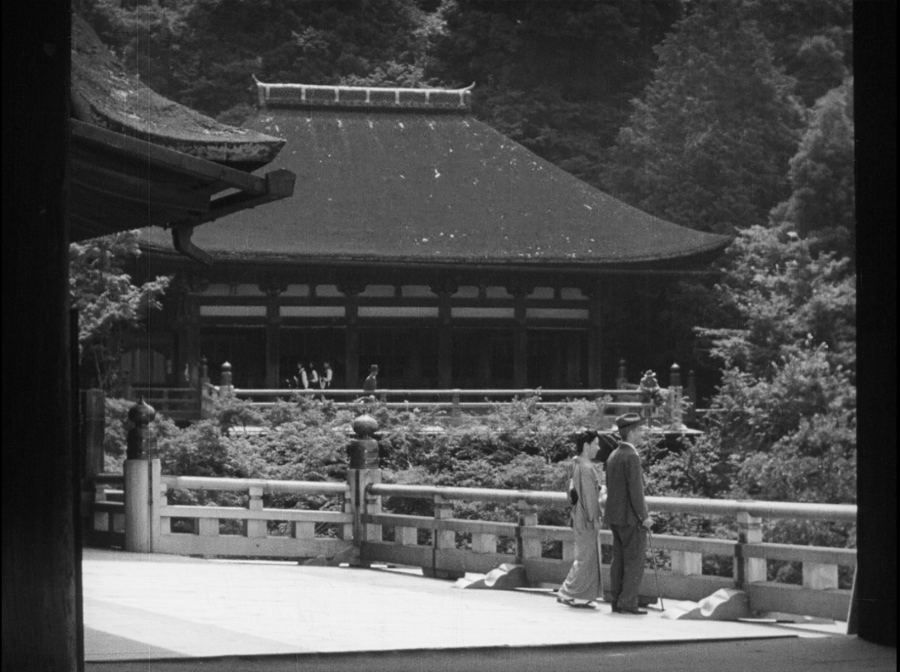 |
|
1) Criterion - Region 1- NTSC TOP 2) Bo Ying - Region 0 - NTSC SECOND 3) Tartan (Ozu Volume 1: The Noriko Trilogy) - Region 0 - PAL - THIRD4) Panorama - Region 0 - NTSC - FOURTH 5) BFI Region 'B' - Blu-ray - FIFTH 6) Criterion Region 'A' - Blu-ray - BOTTOM
|
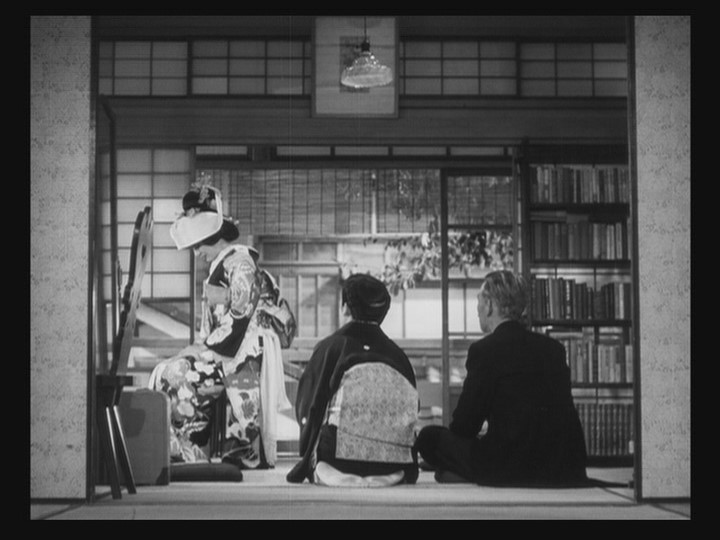 |
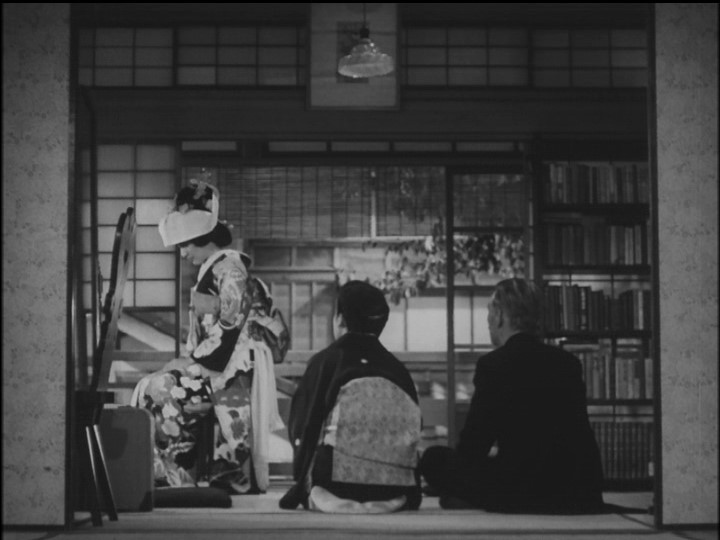 |
|
|
|
|
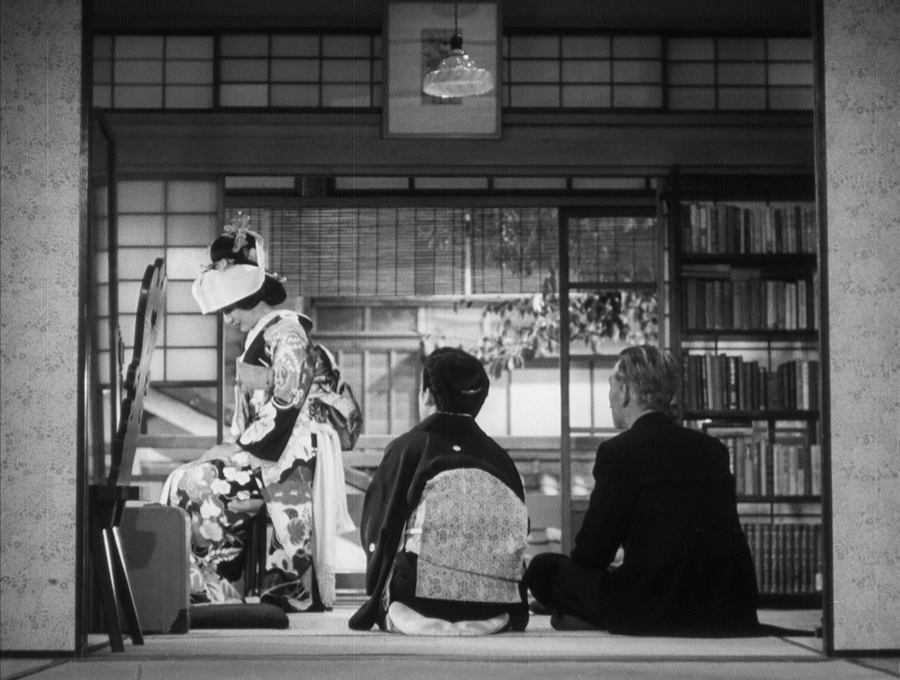 |
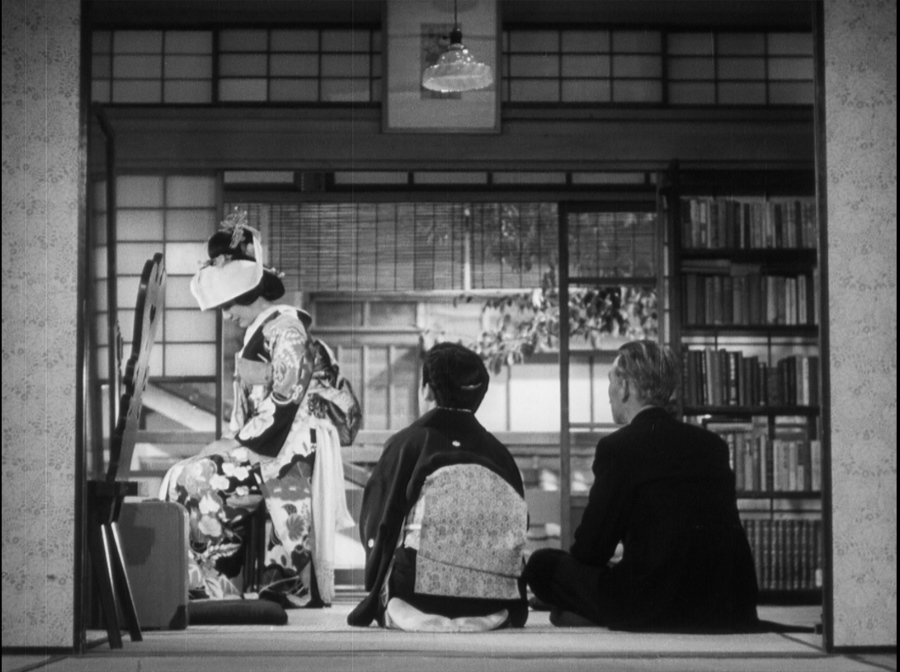 |
|
1) Criterion - Region 1- NTSC TOP 2) Bo Ying - Region 0 - NTSC SECOND 3) Tartan (Ozu Volume 1: The Noriko Trilogy) - Region 0 - PAL - THIRD4) Panorama - Region 0 - NTSC - FOURTH 5) BFI Region 'B' - Blu-ray - FIFTH 6) Criterion Region 'A' - Blu-ray - BOTTOM
|
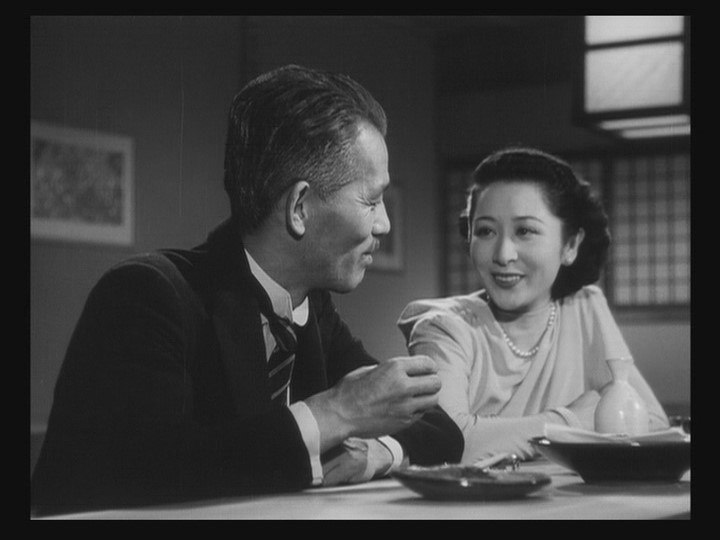 |
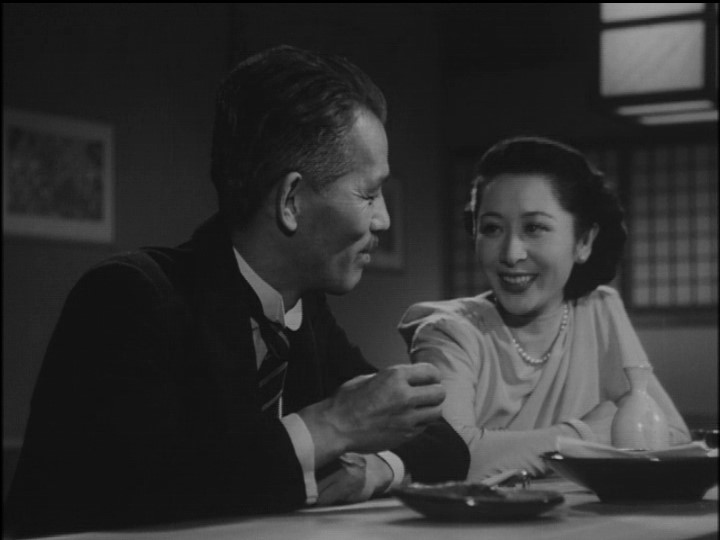 |
|
|
|
|
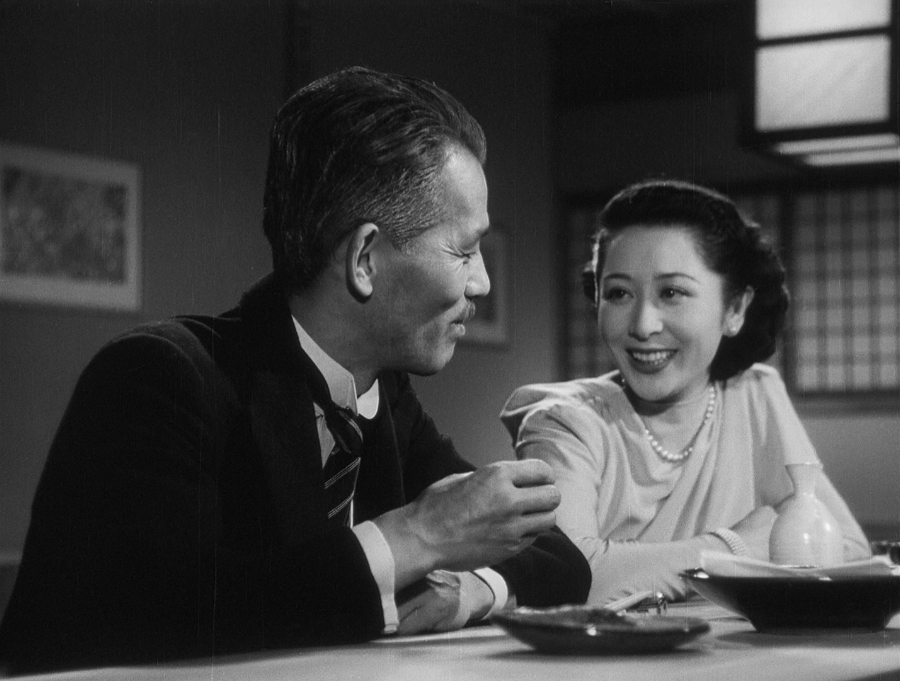 |
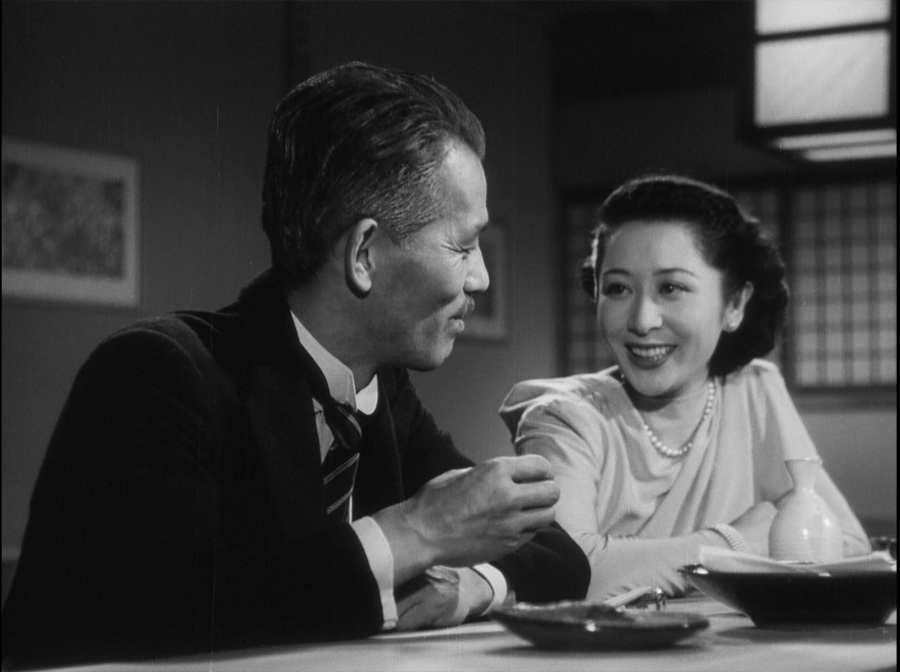 |
More Blu-ray captures
|
1) BFI Region 'B' - Blu-ray - TOP 2) Criterion Region 'A' - Blu-ray - BOTTOM
|
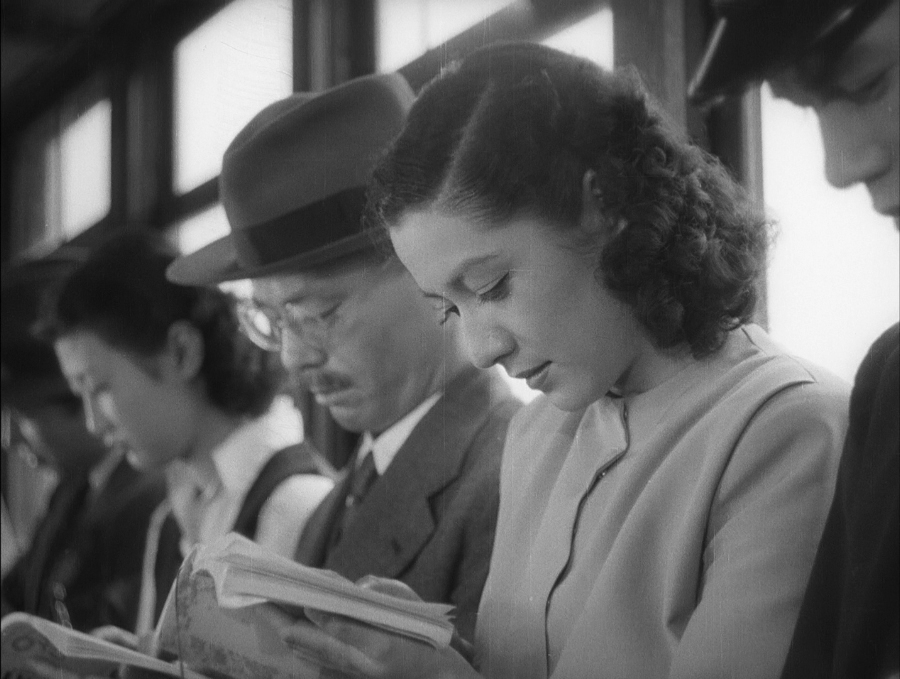 |
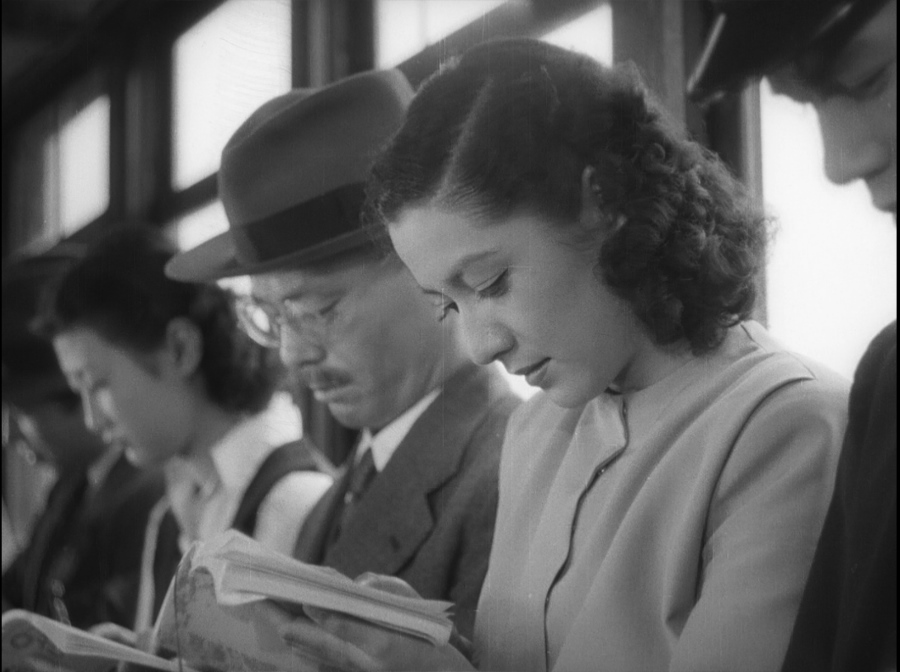 |
|
1) BFI Region 'B' - Blu-ray - TOP 2) Criterion Region 'A' - Blu-ray - BOTTOM
|
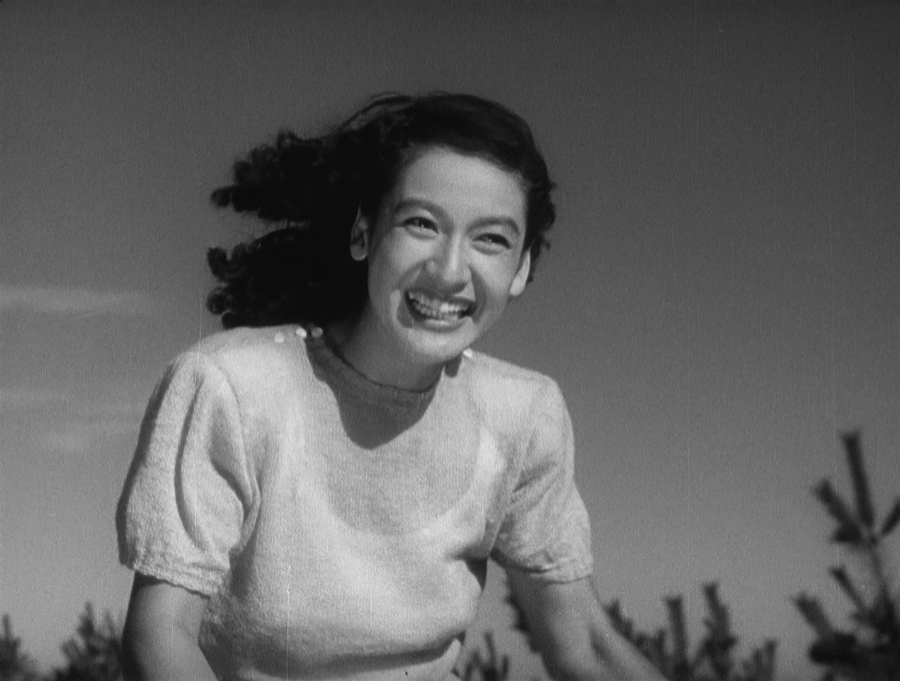 |
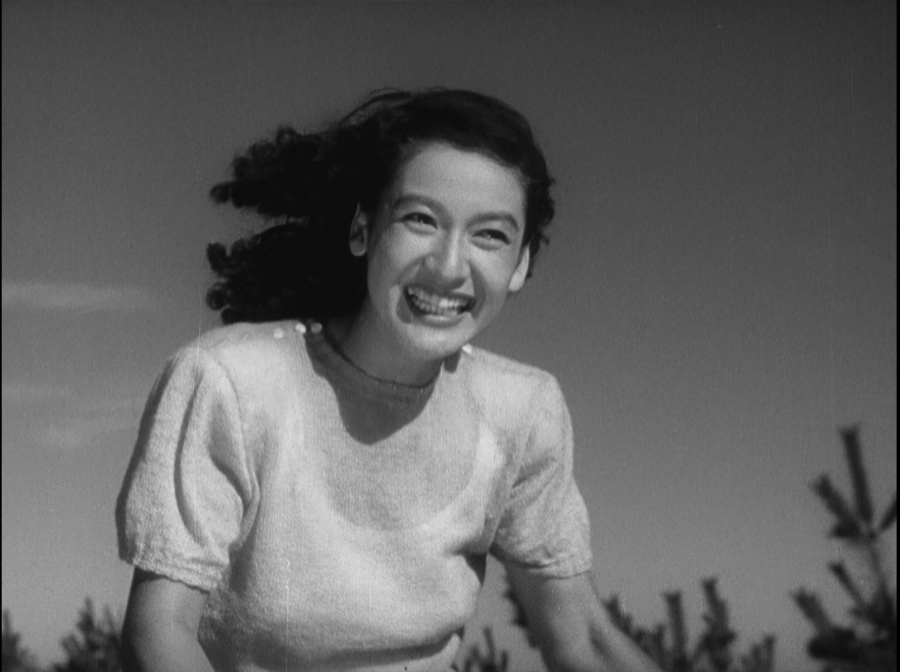 |
|
1) BFI Region 'B' - Blu-ray - TOP 2) Criterion Region 'A' - Blu-ray - BOTTOM
|
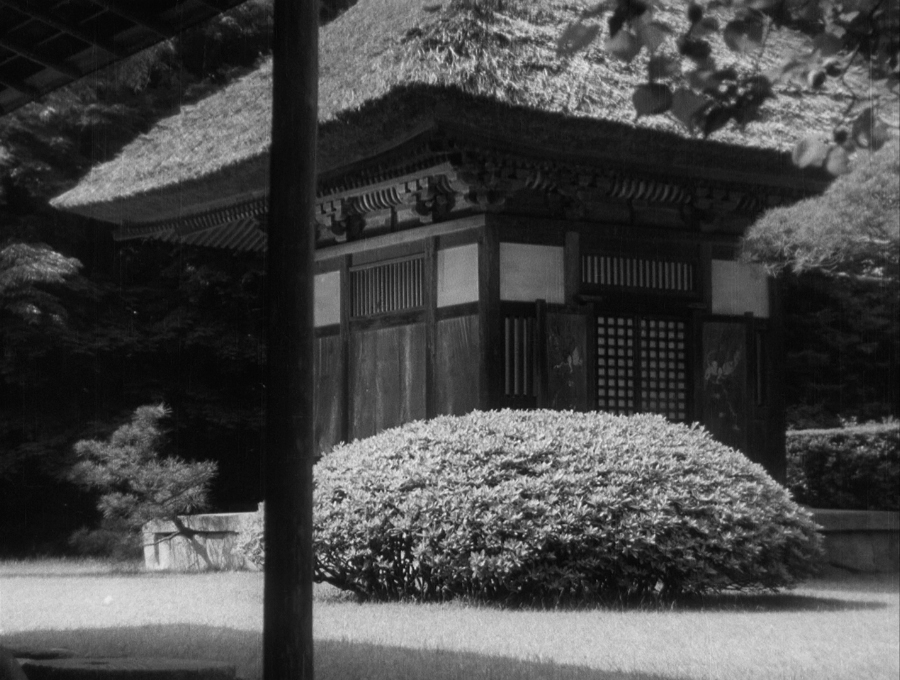 |
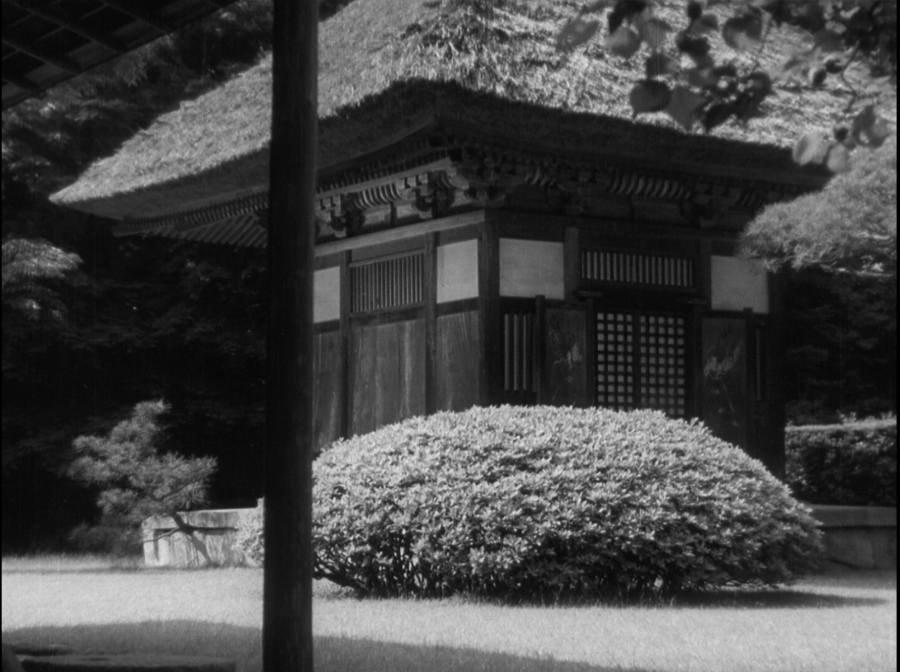 |
|
1) BFI Region 'B' - Blu-ray - TOP 2) Criterion Region 'A' - Blu-ray - BOTTOM
|
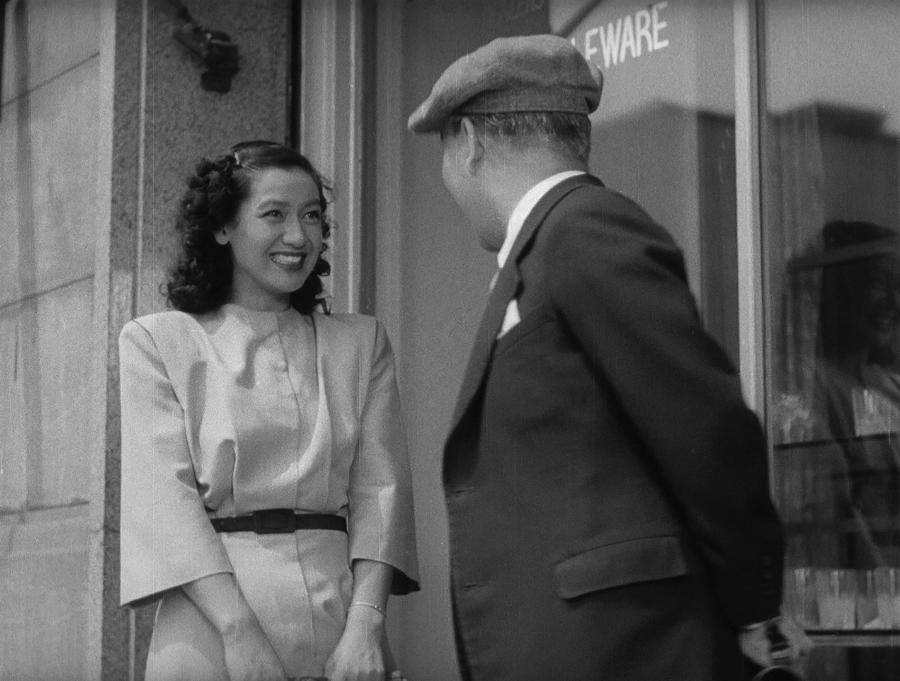 |
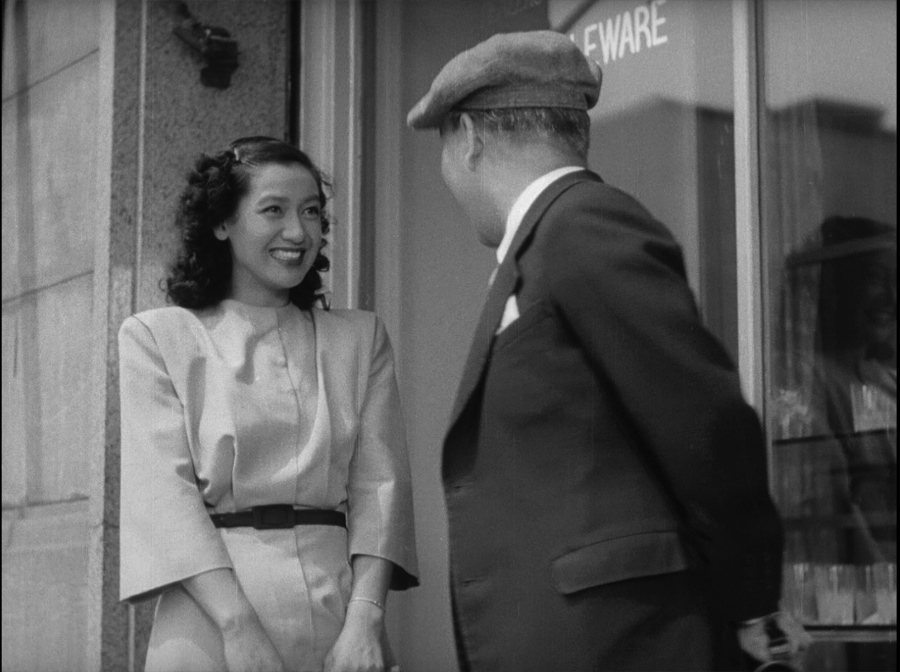 |
|
1) BFI Region 'B' - Blu-ray - TOP 2) Criterion Region 'A' - Blu-ray - BOTTOM
|
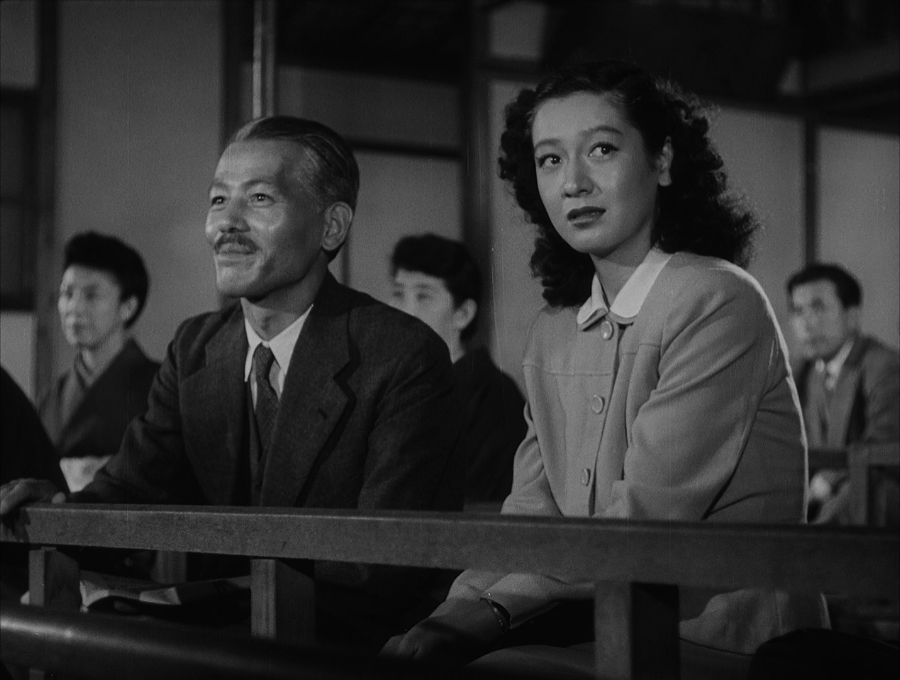 |
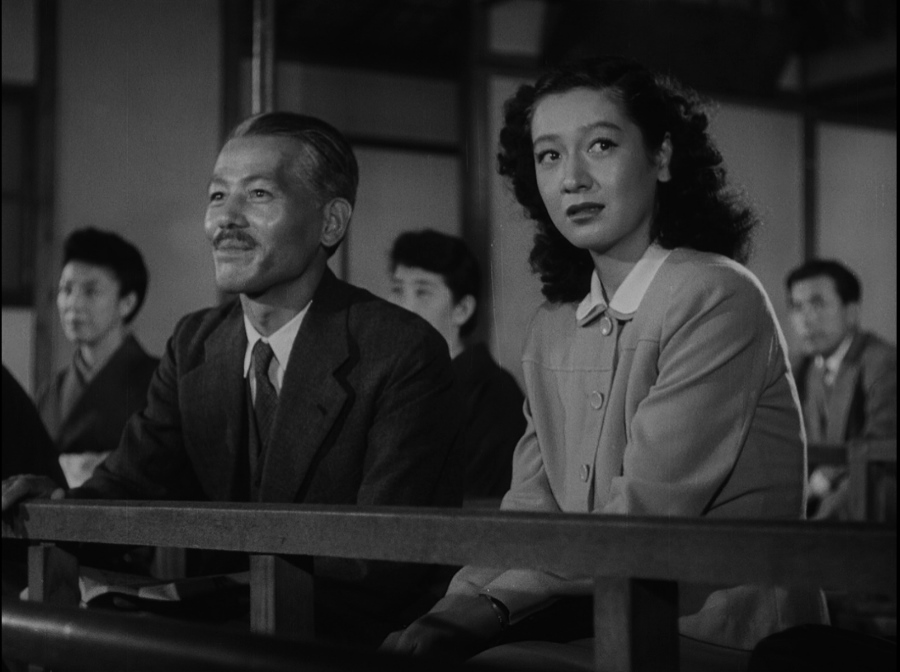 |
|
1) BFI Region 'B' - Blu-ray - TOP 2) Criterion Region 'A' - Blu-ray - BOTTOM
|
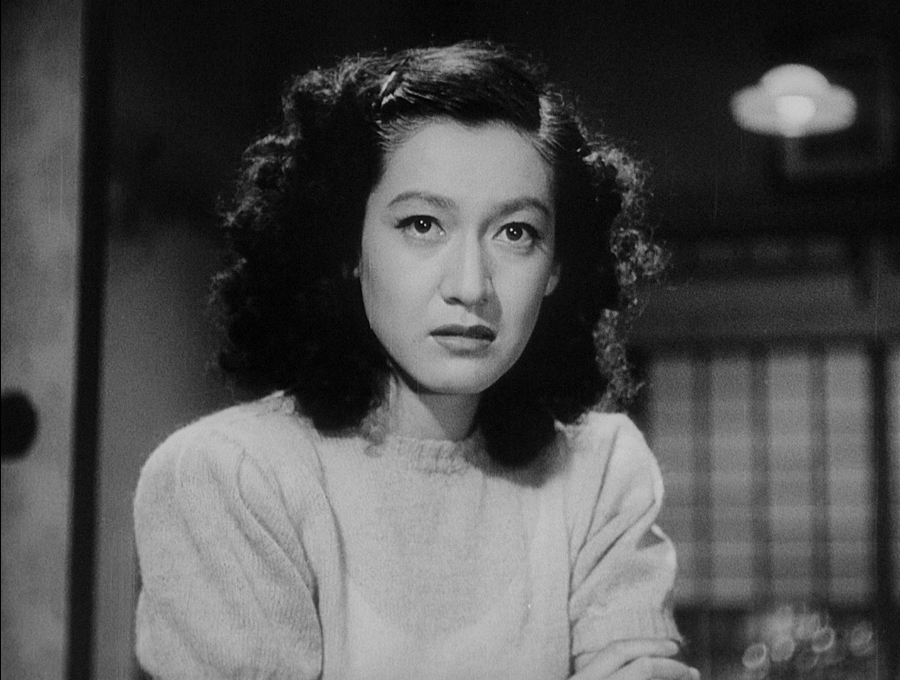 |
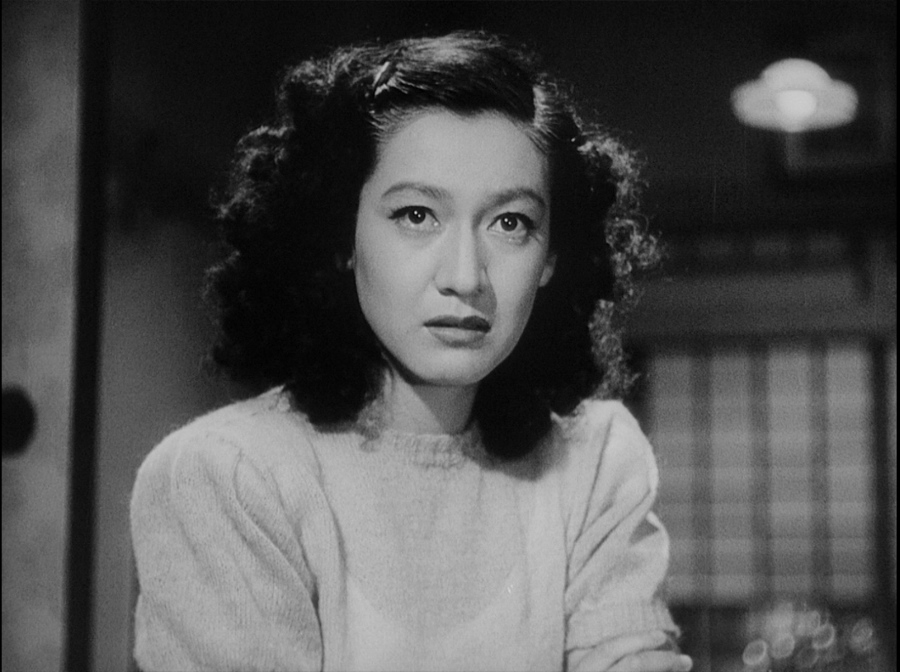 |
|
1) BFI Region 'B' - Blu-ray - TOP 2) Criterion Region 'A' - Blu-ray - BOTTOM
|
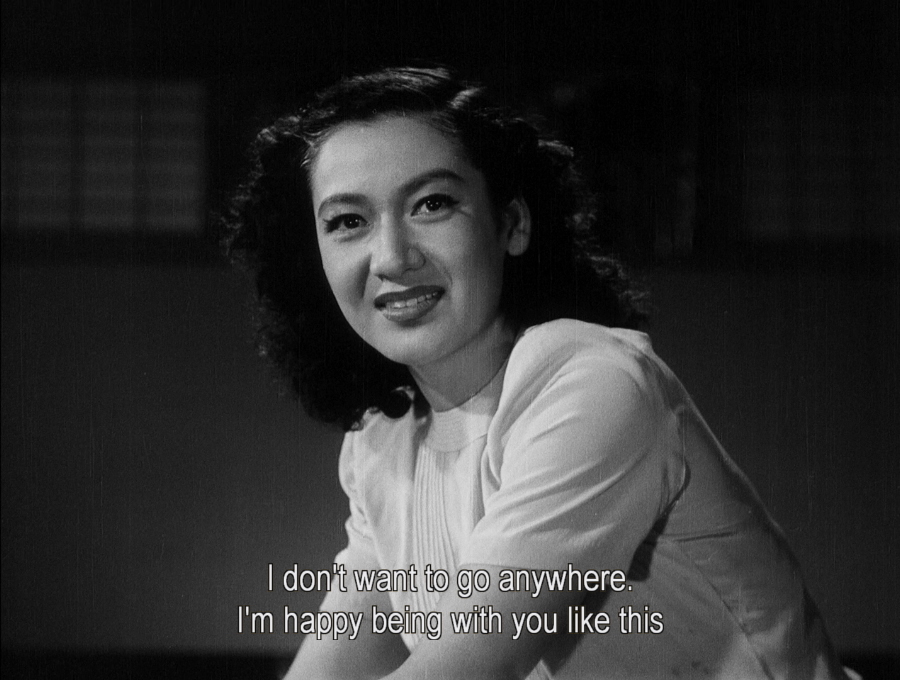 |
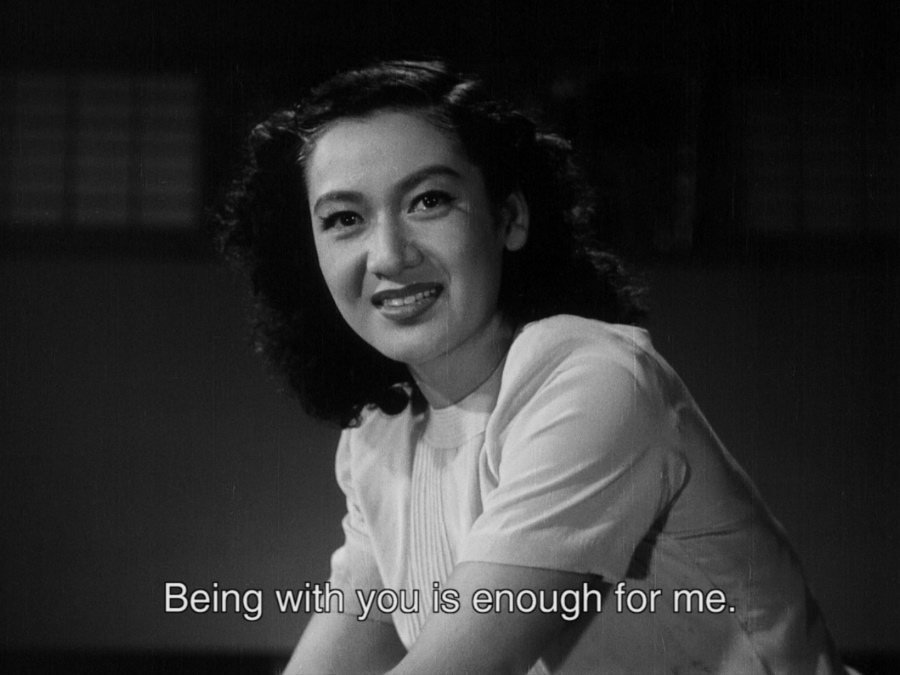 |
Damage
|
1) BFI Region 'B' - Blu-ray - TOP 2) Criterion Region 'A' - Blu-ray - BOTTOM
|
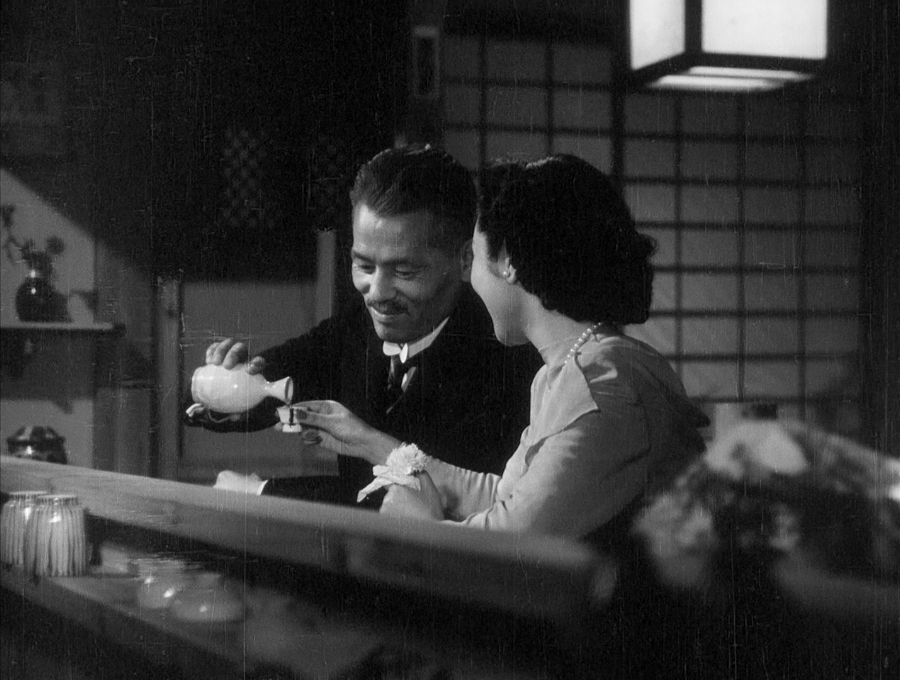 |
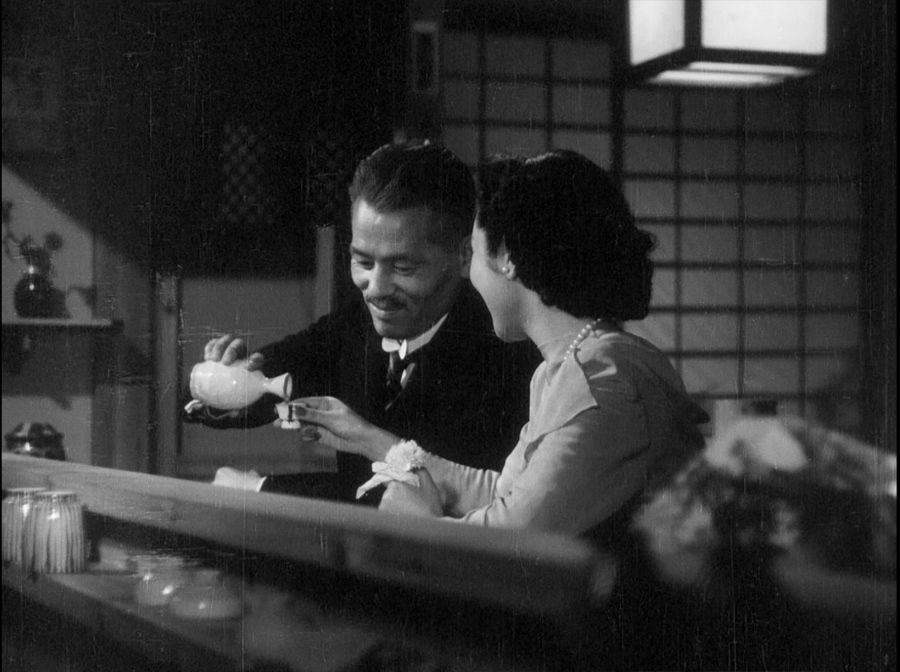 |
| DVD Box Covers |
|
|
|
| Distribution |
Criterion Collection - Spine # 331 Region 1 - NTSC |
Bo Ying Region 0 - NTSC |
Tartan Region 0 - PAL |
|
Thinking of buying from YesAsia? CLICK HERE and use THIS UPDATED BEAVER PAGE to source their very best... |
 |
|
|
Panorama Region 0 - NTSC |
BFI Region 'B' - Blu-ray |
Criterion Collection Spine 331 Region 'A' - Blu-ray |
Report Card:
|
Image: |
Criterion Blu-ray |
|
Sound: |
Blu-ray |
| Extras: | Criterion Blu-ray |
![]()
![]()

![]()
![]()
DONATIONS Keep DVDBeaver alive:
CLICK PayPal logo to donate!
|
Gary Tooze |
|
Many Thanks...



